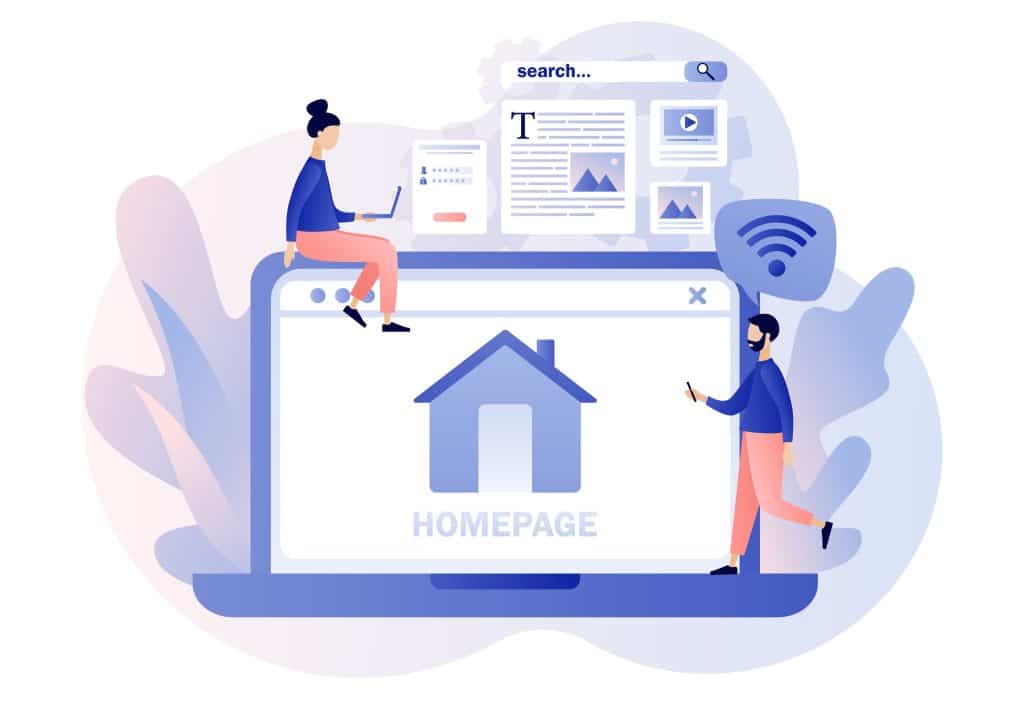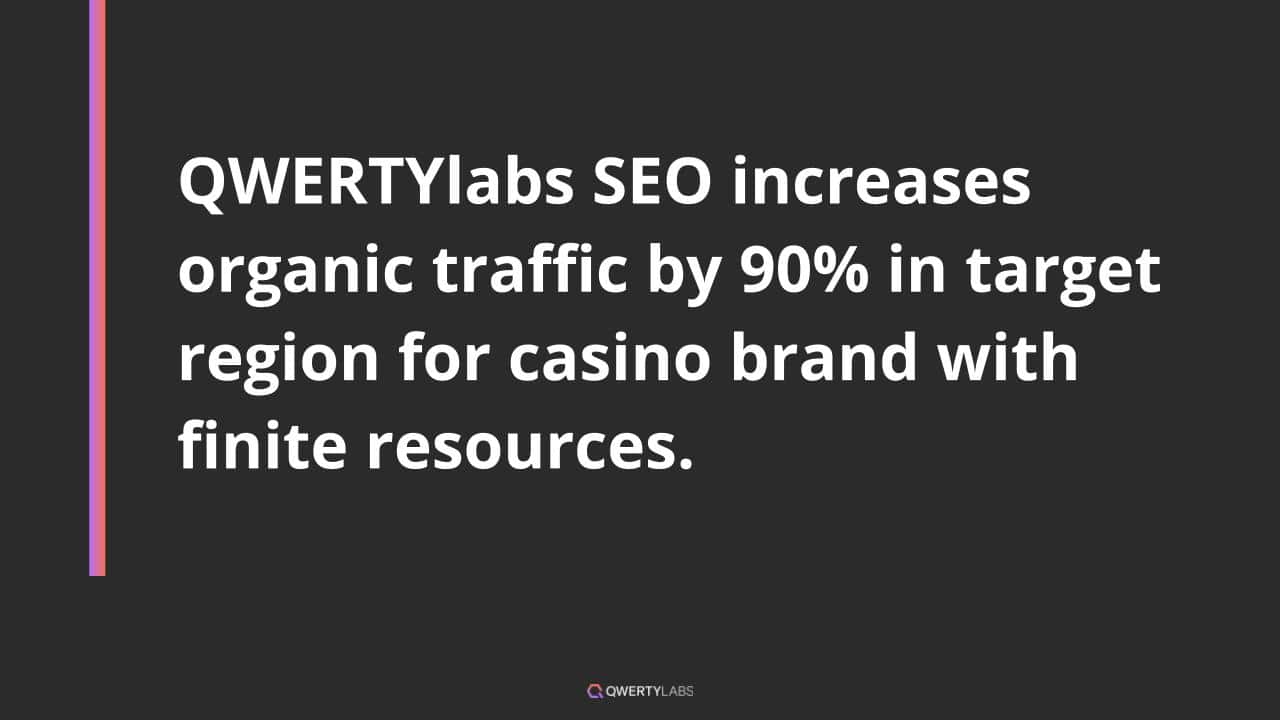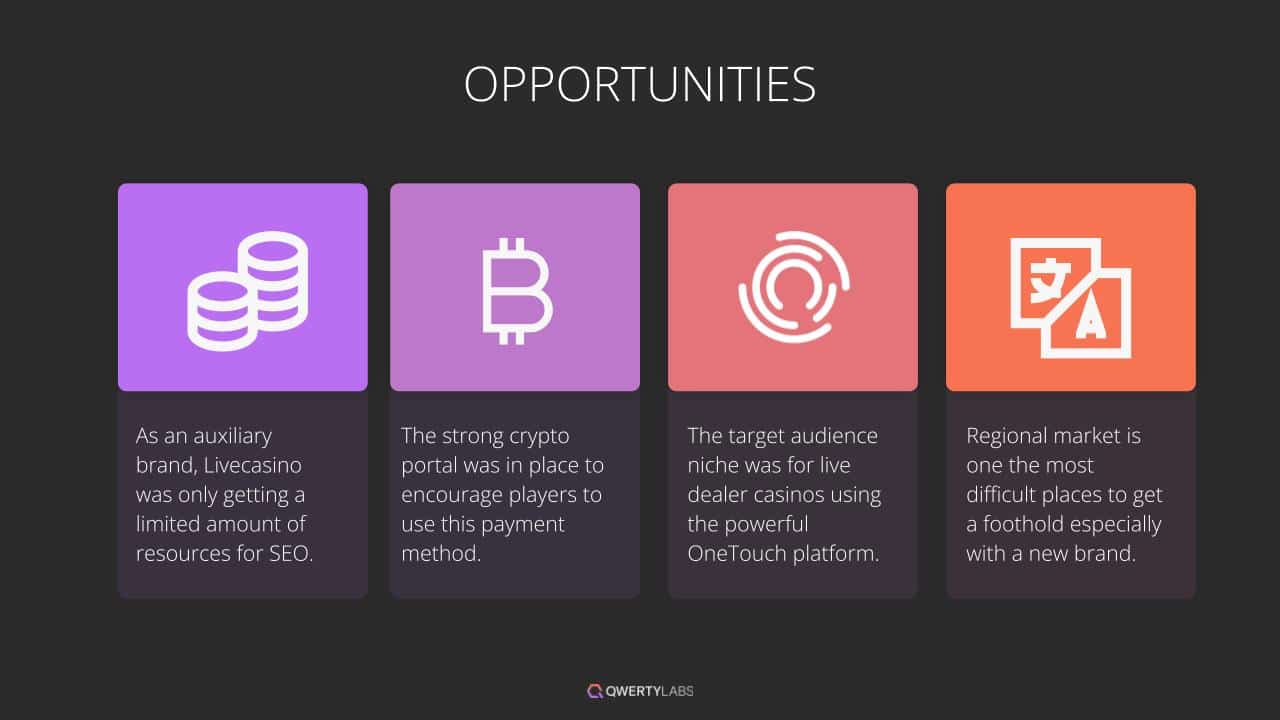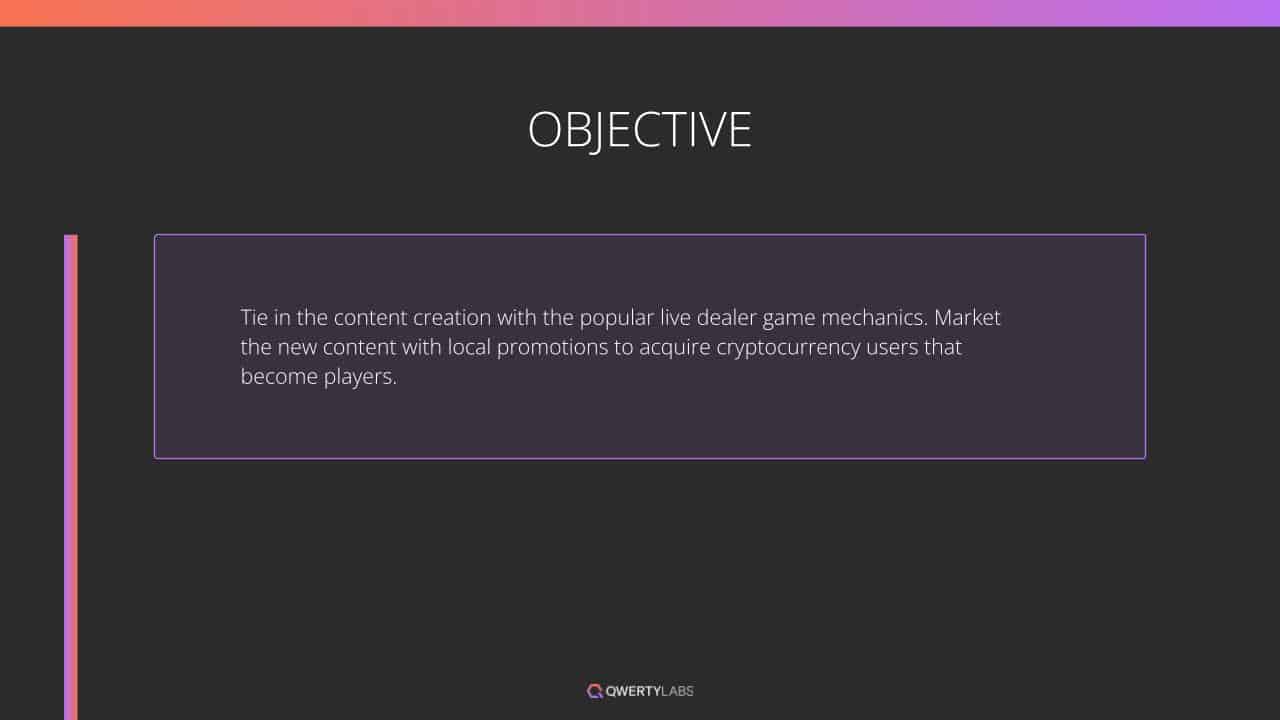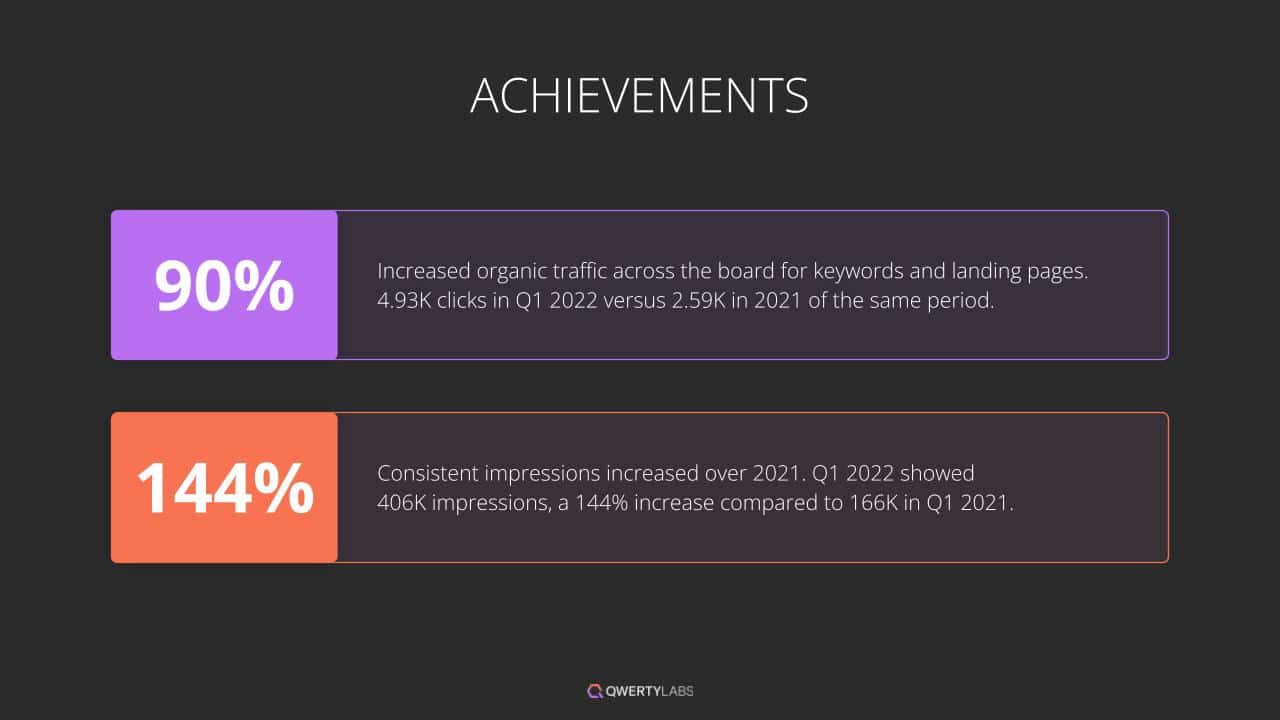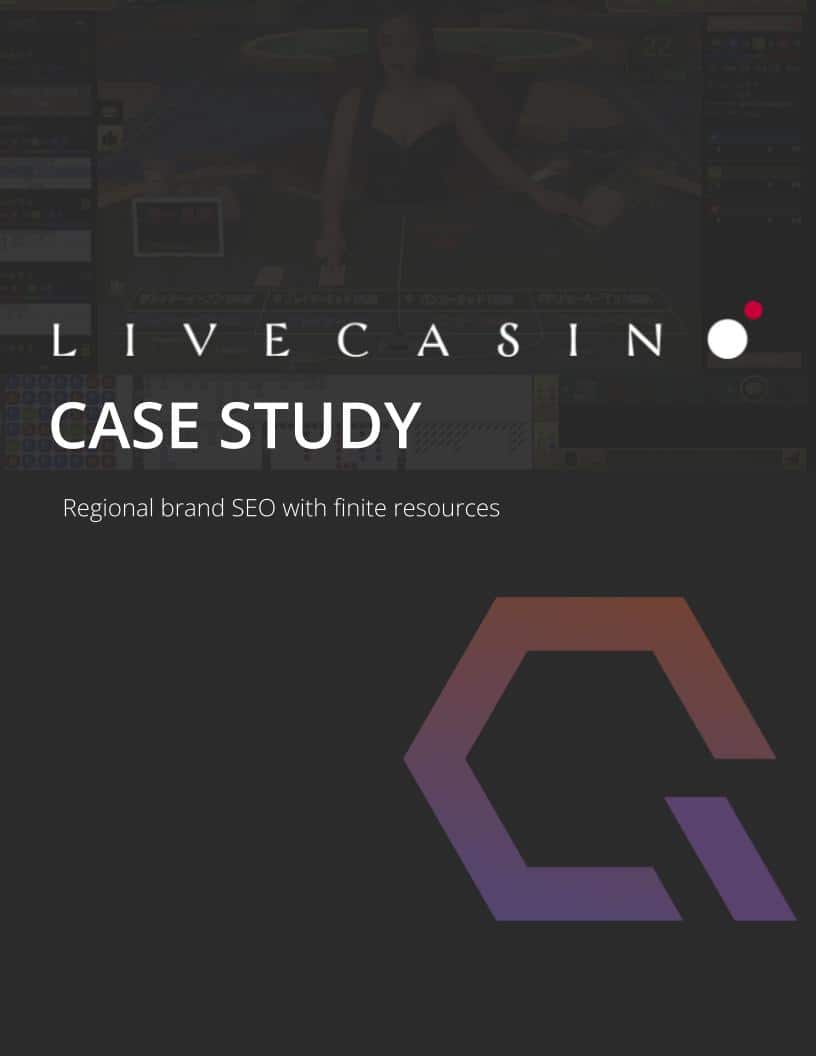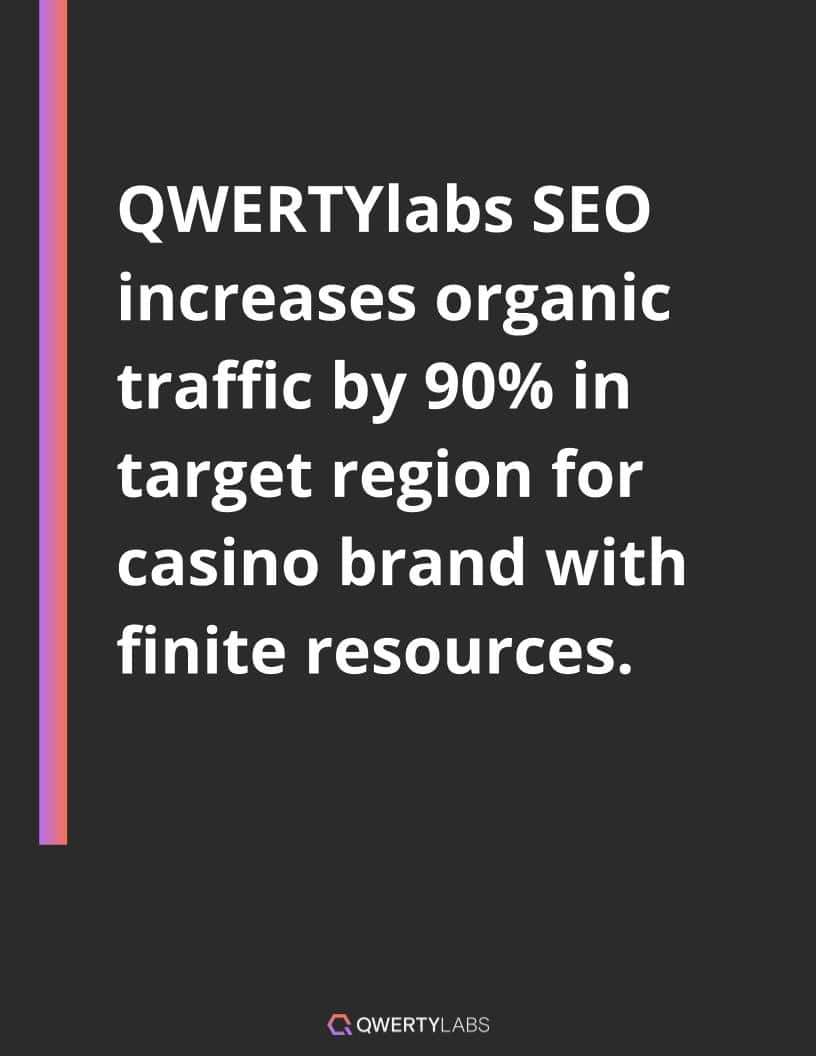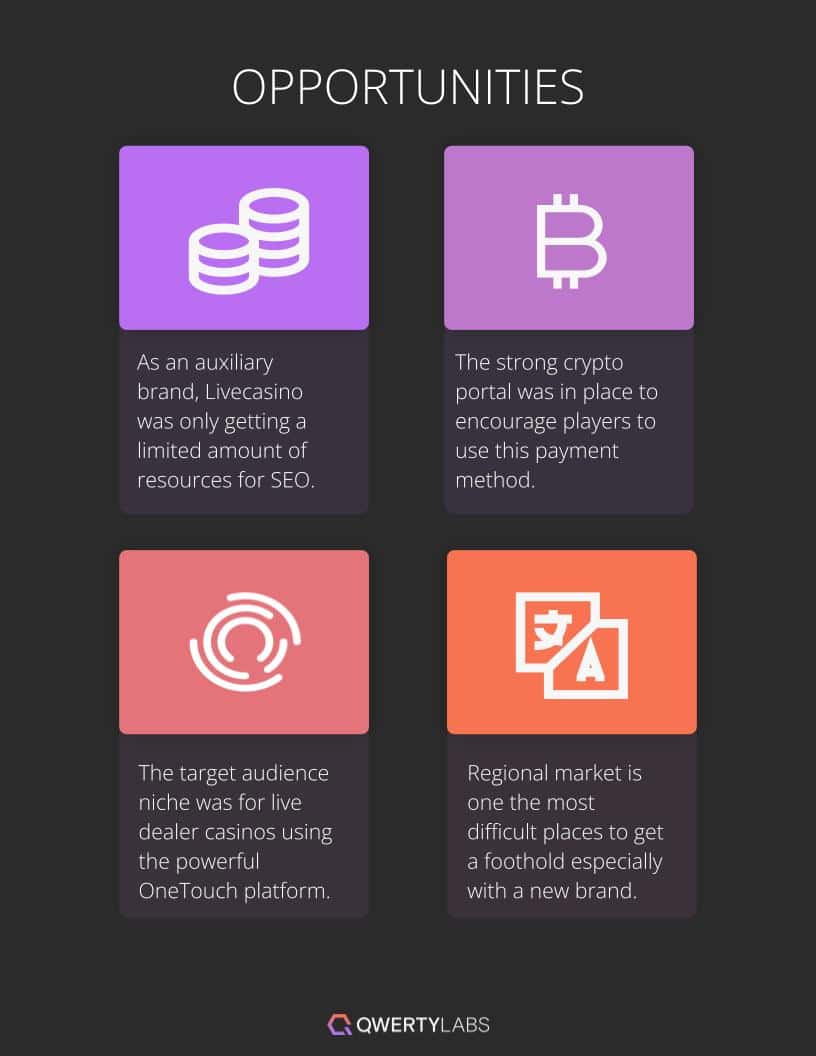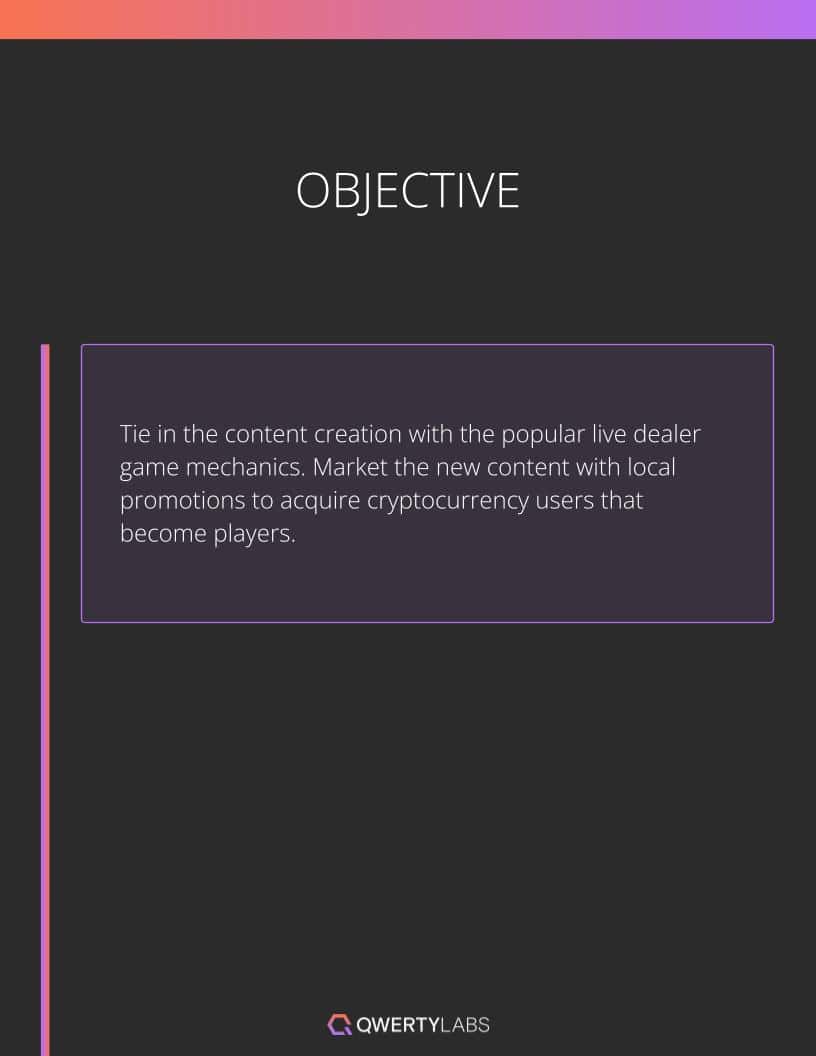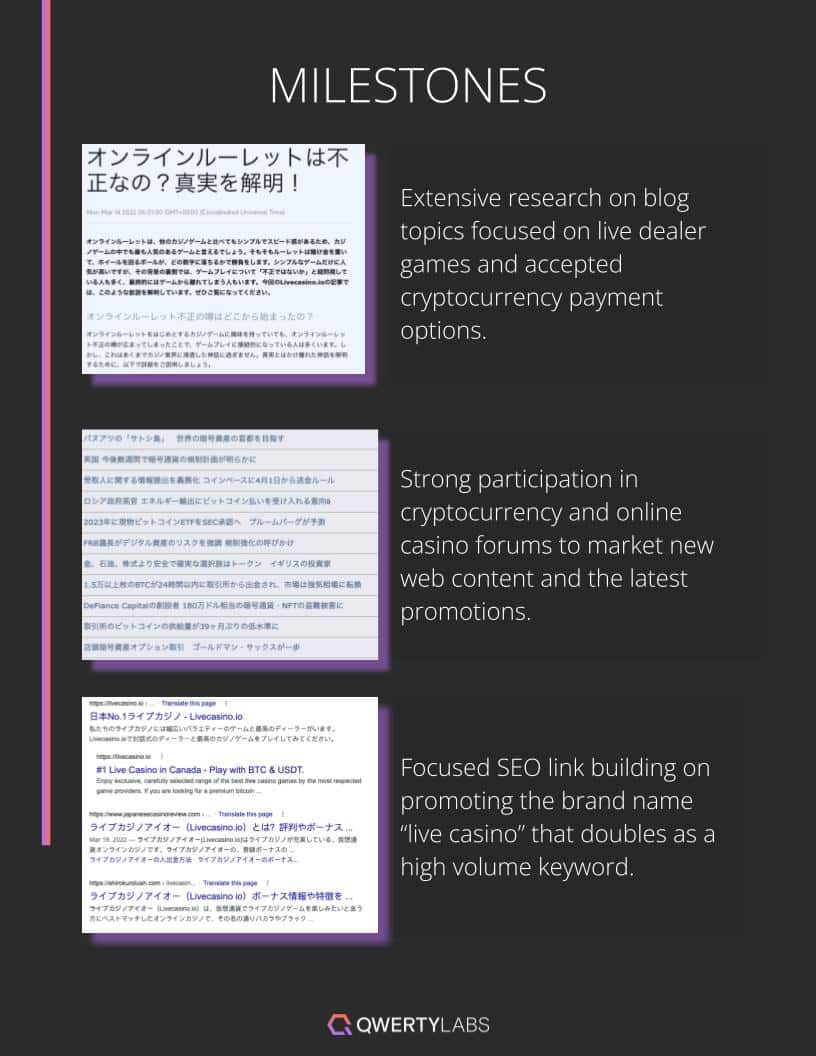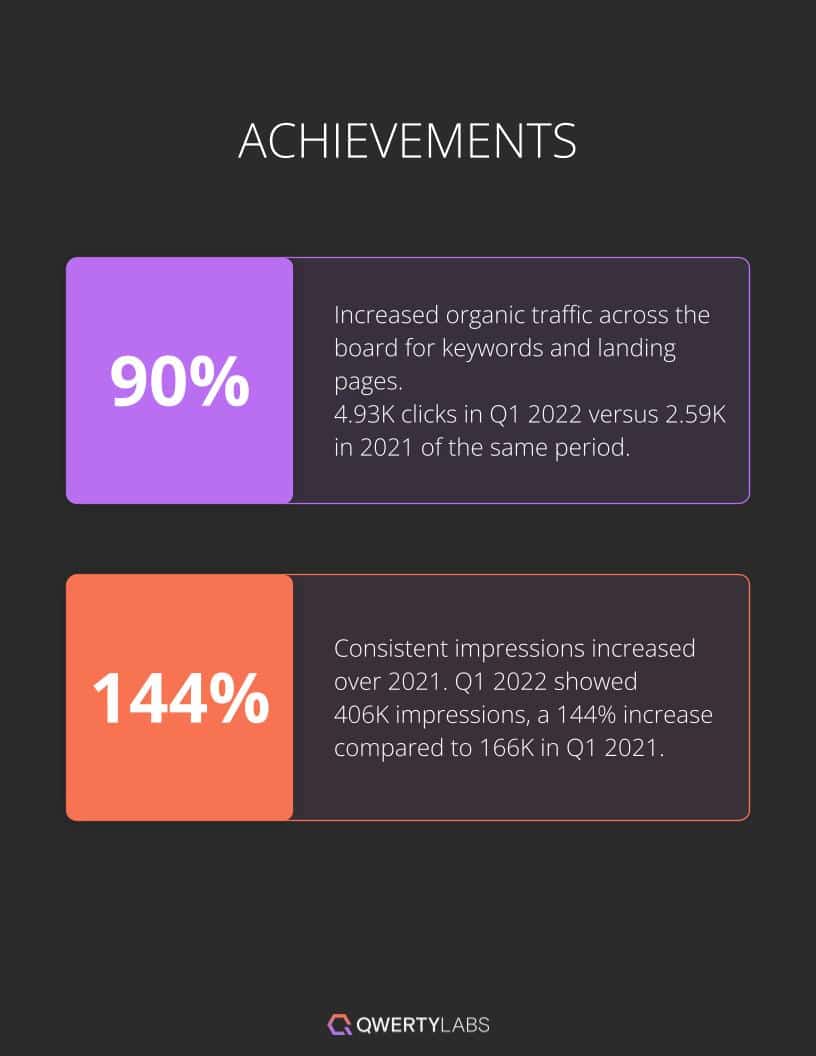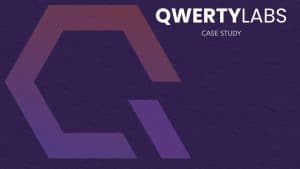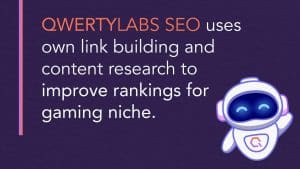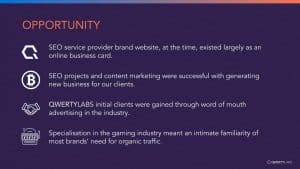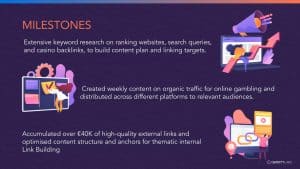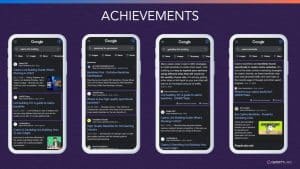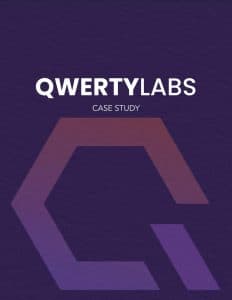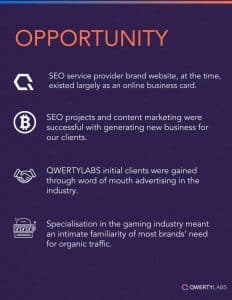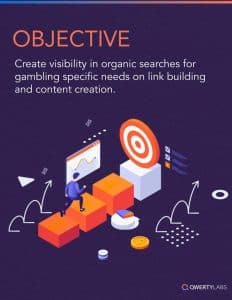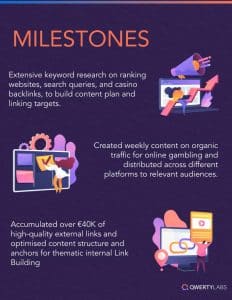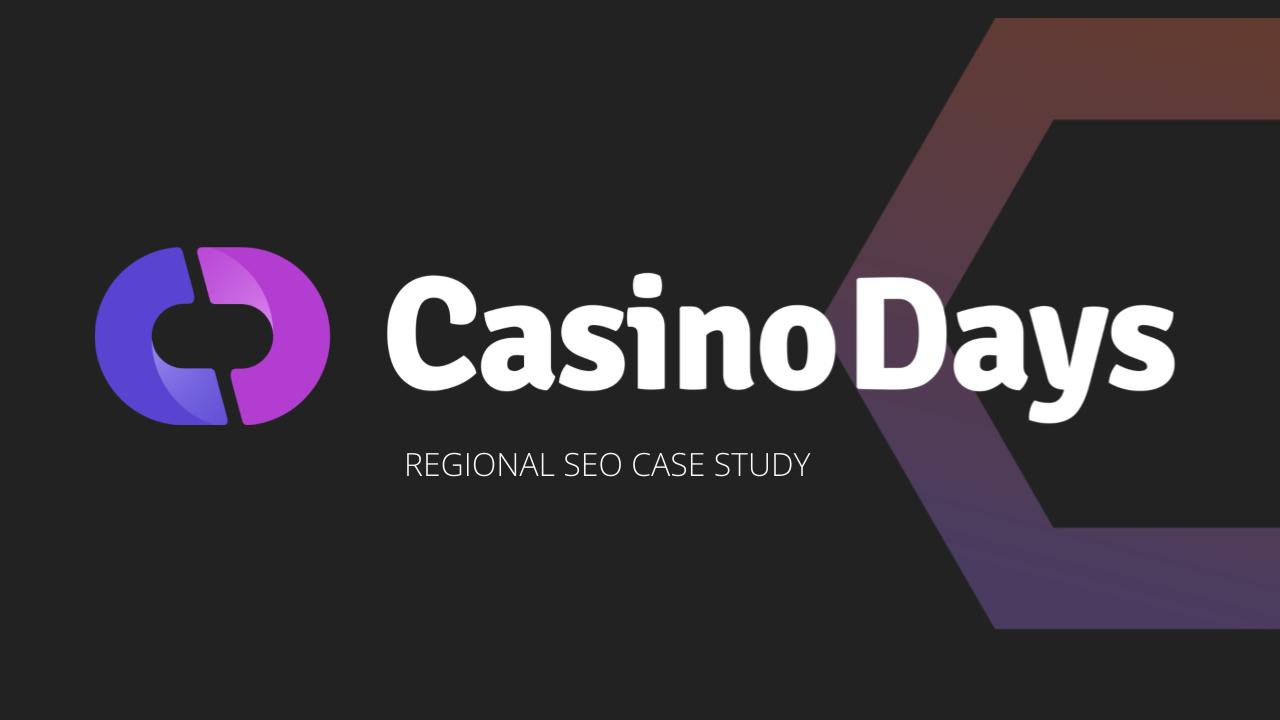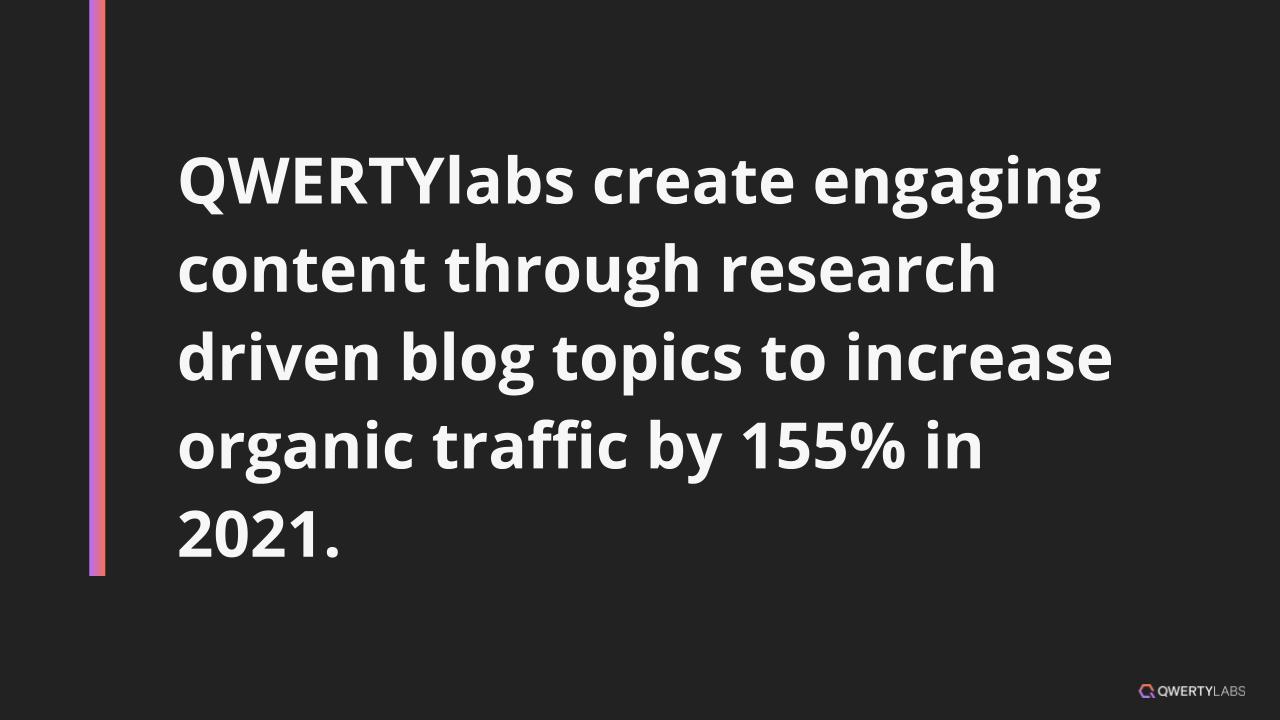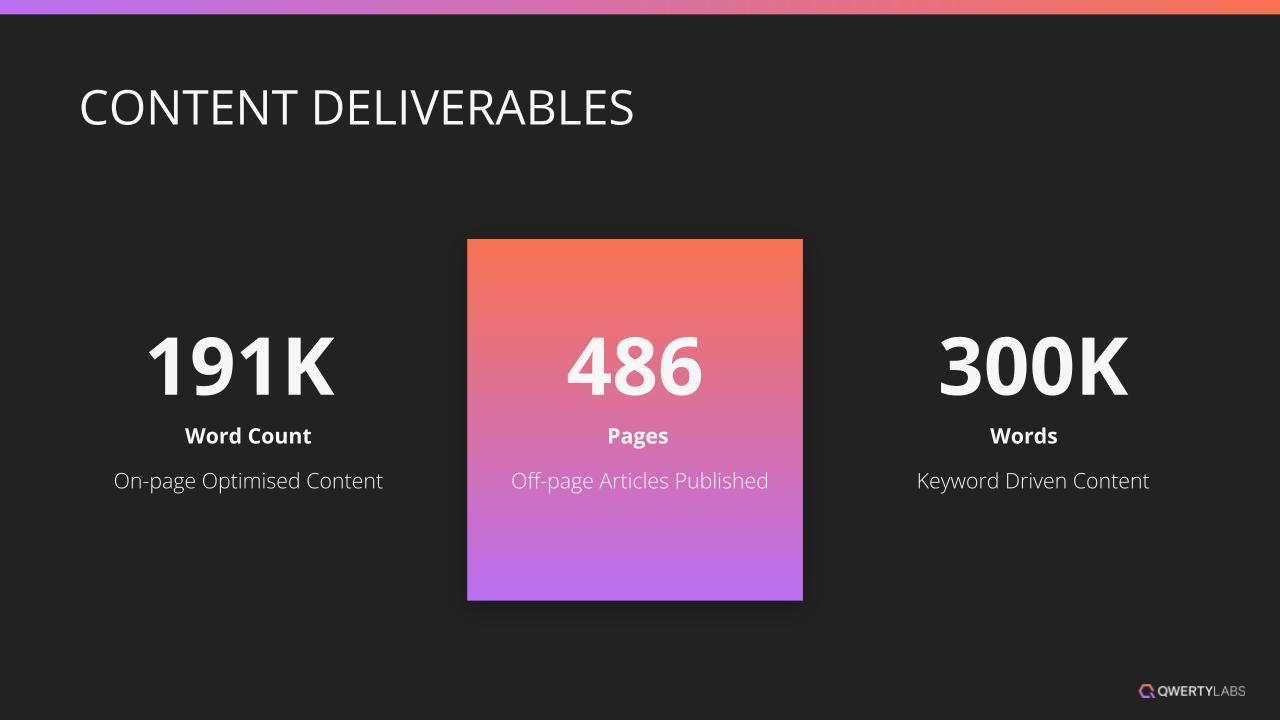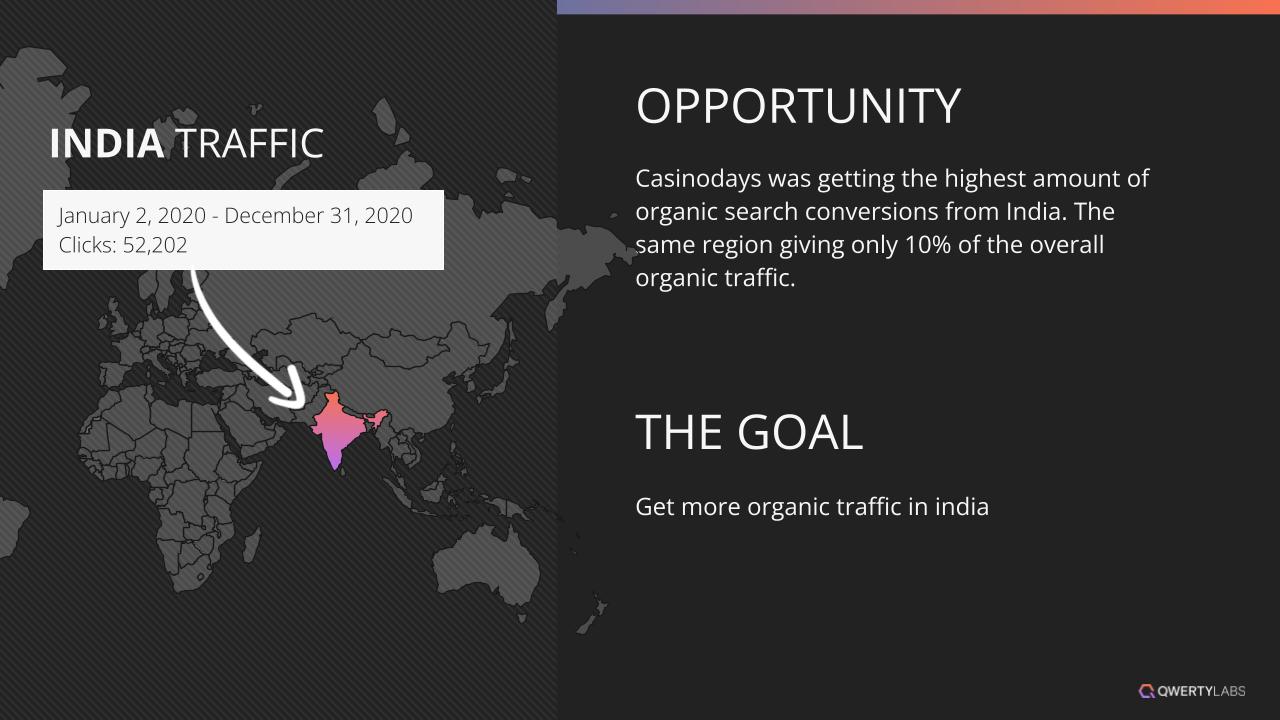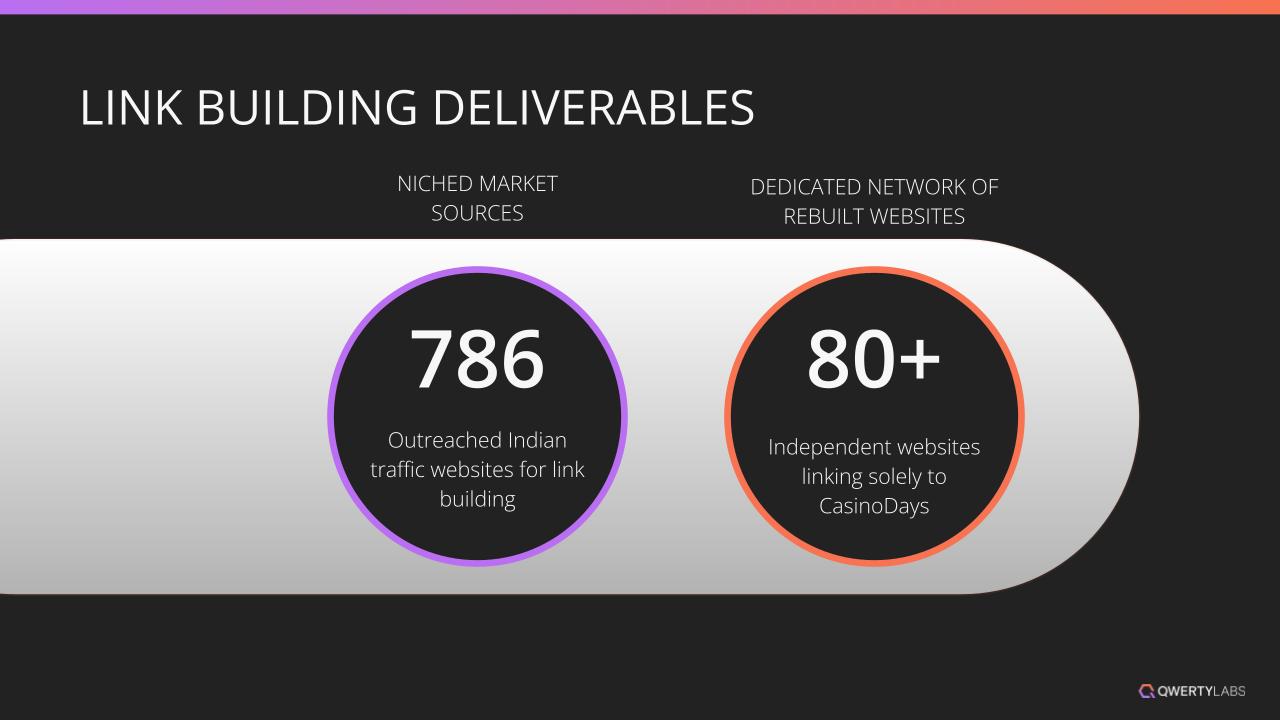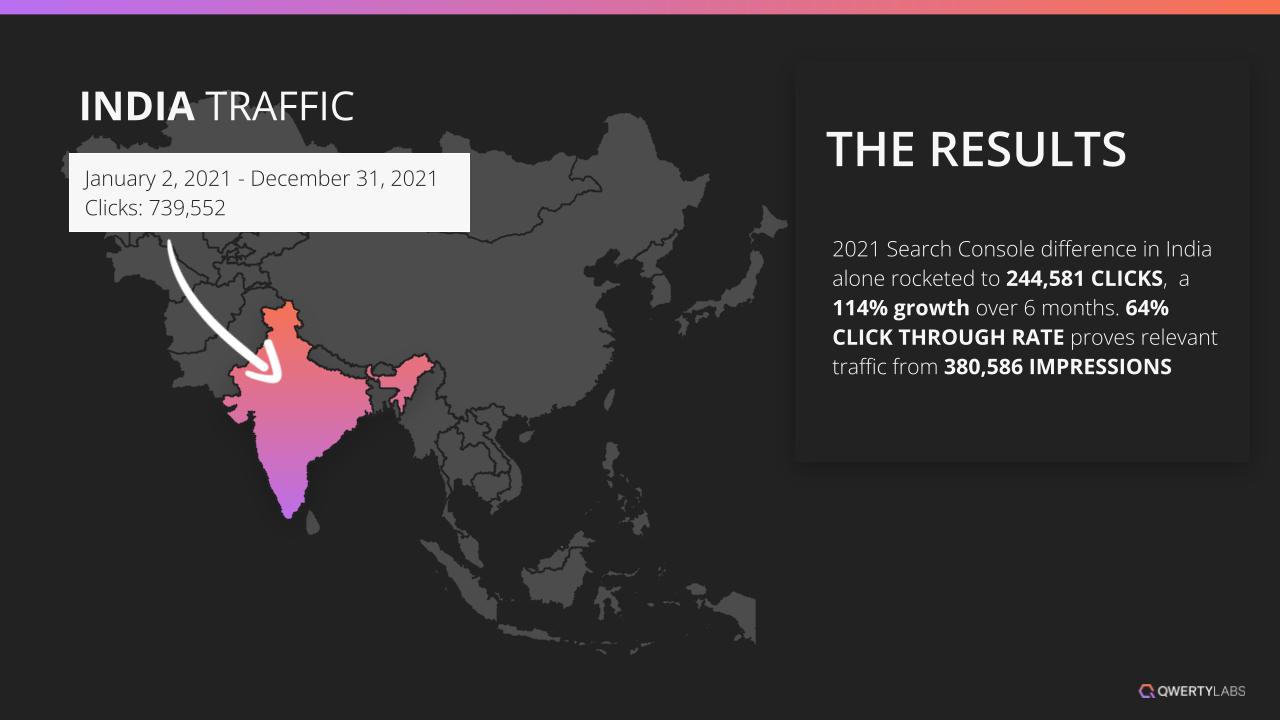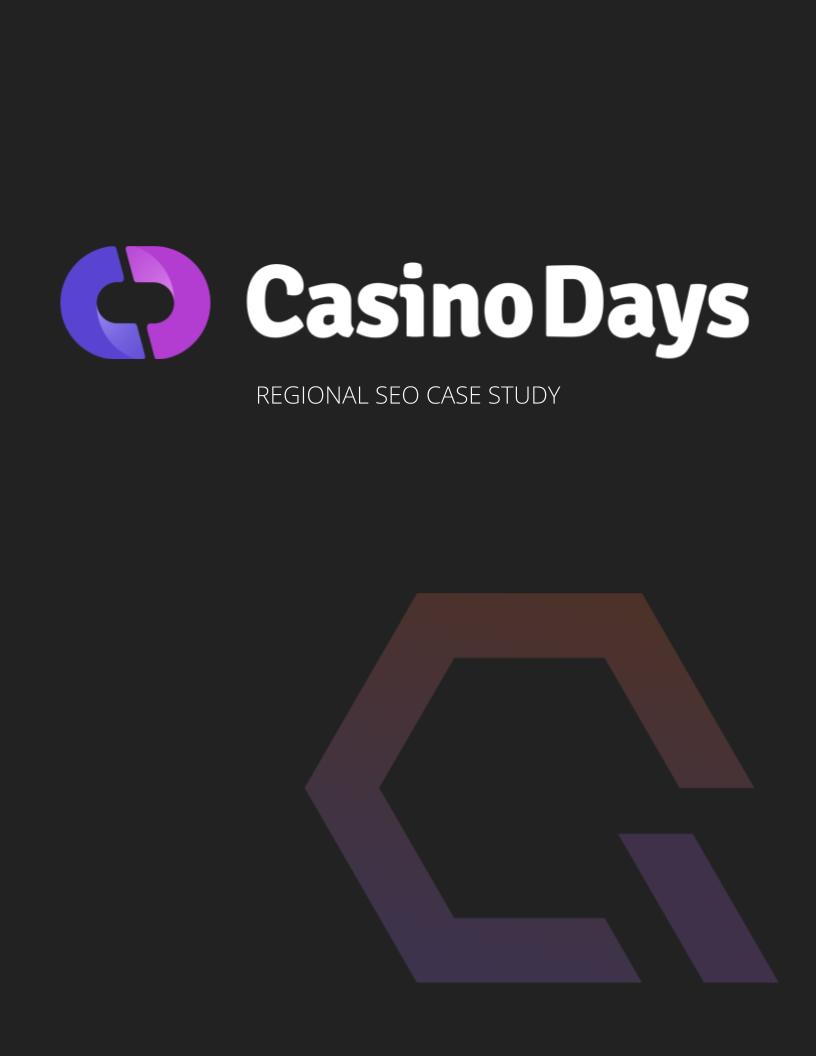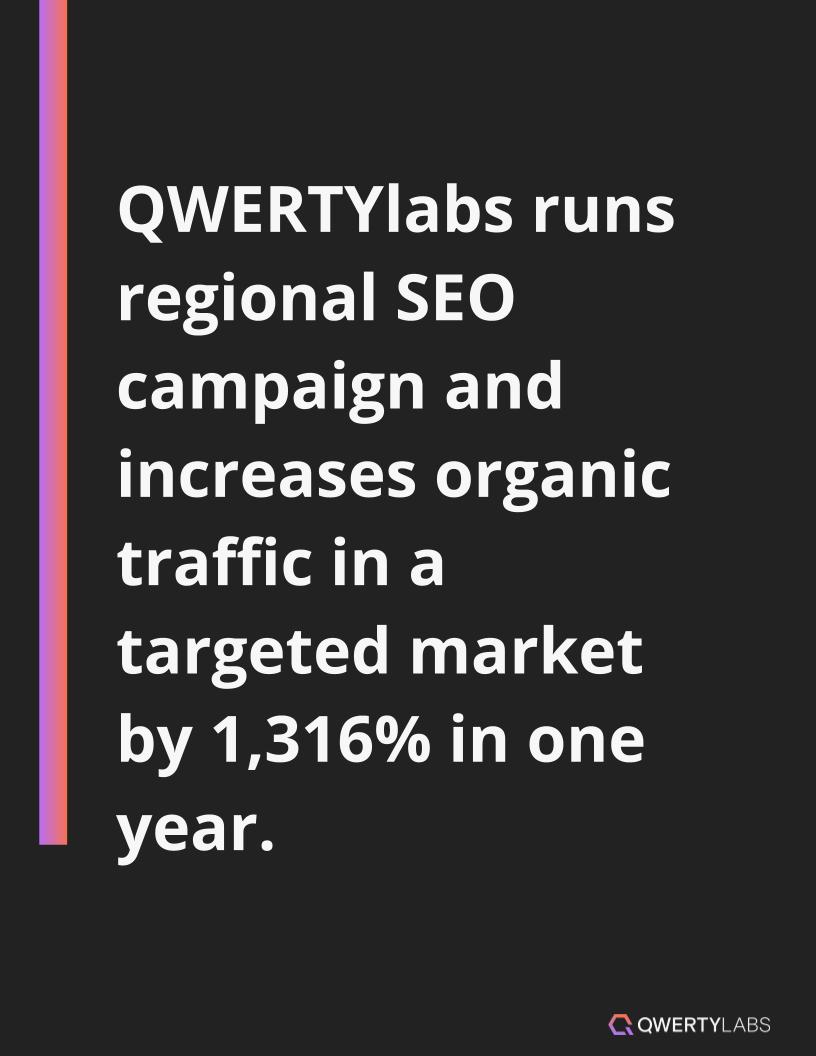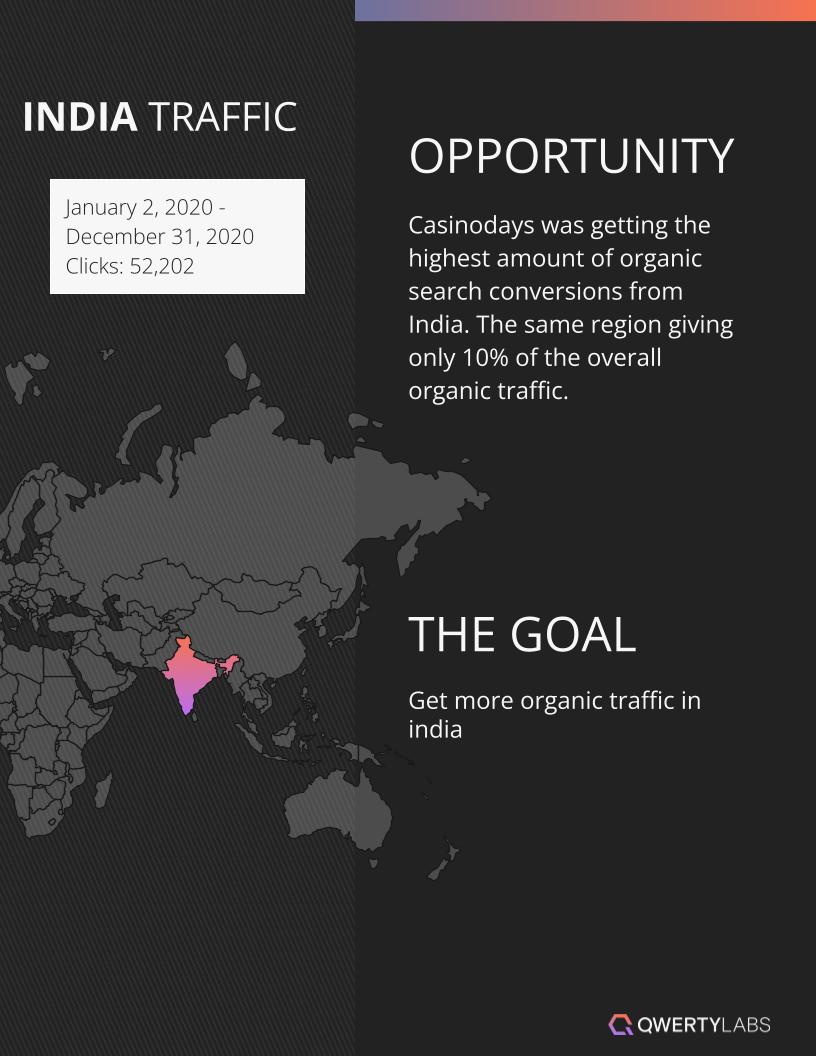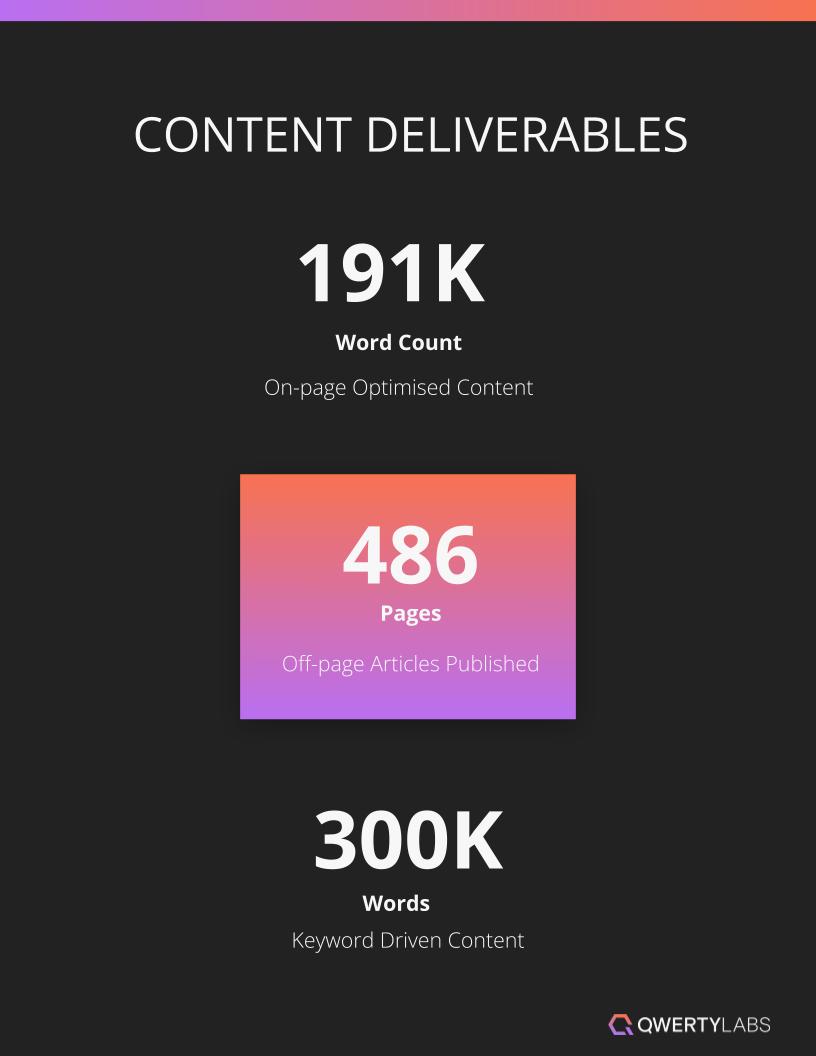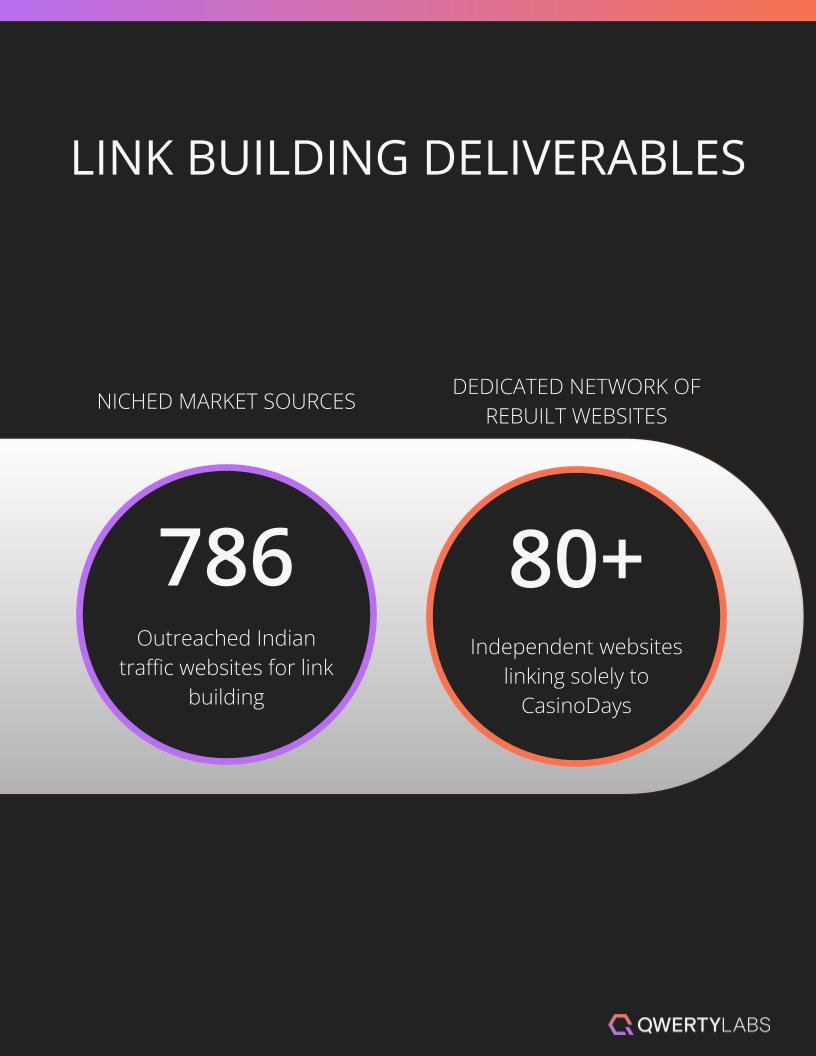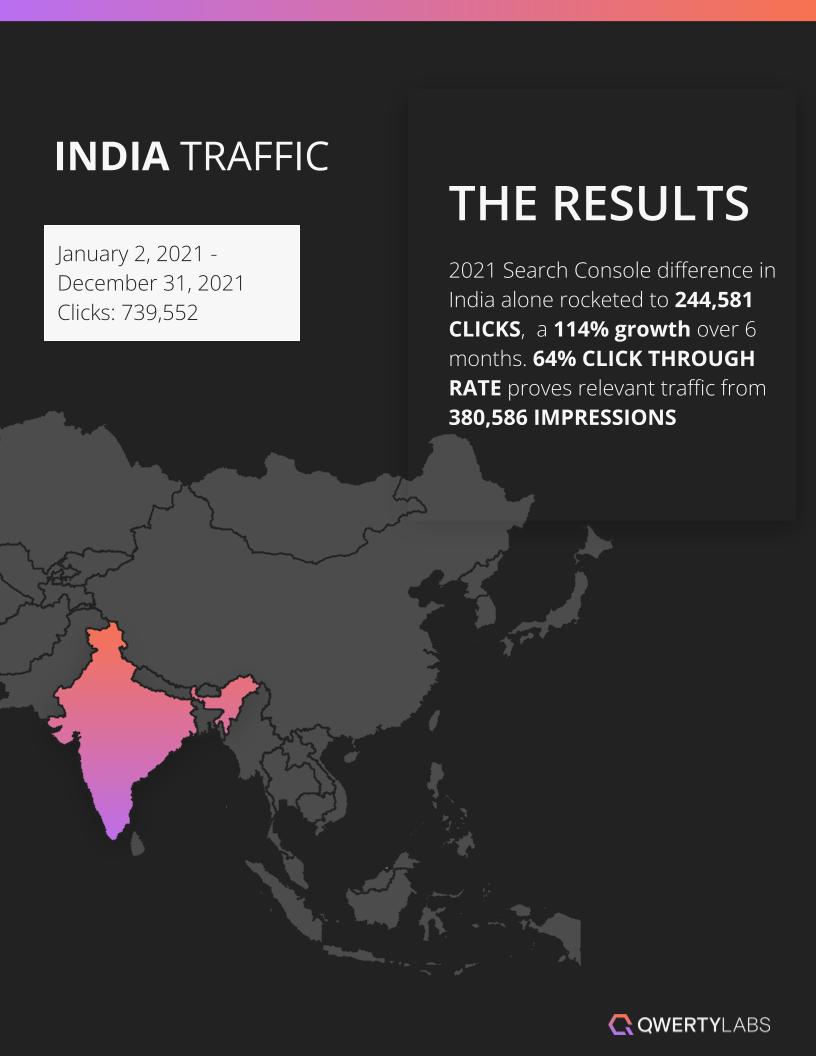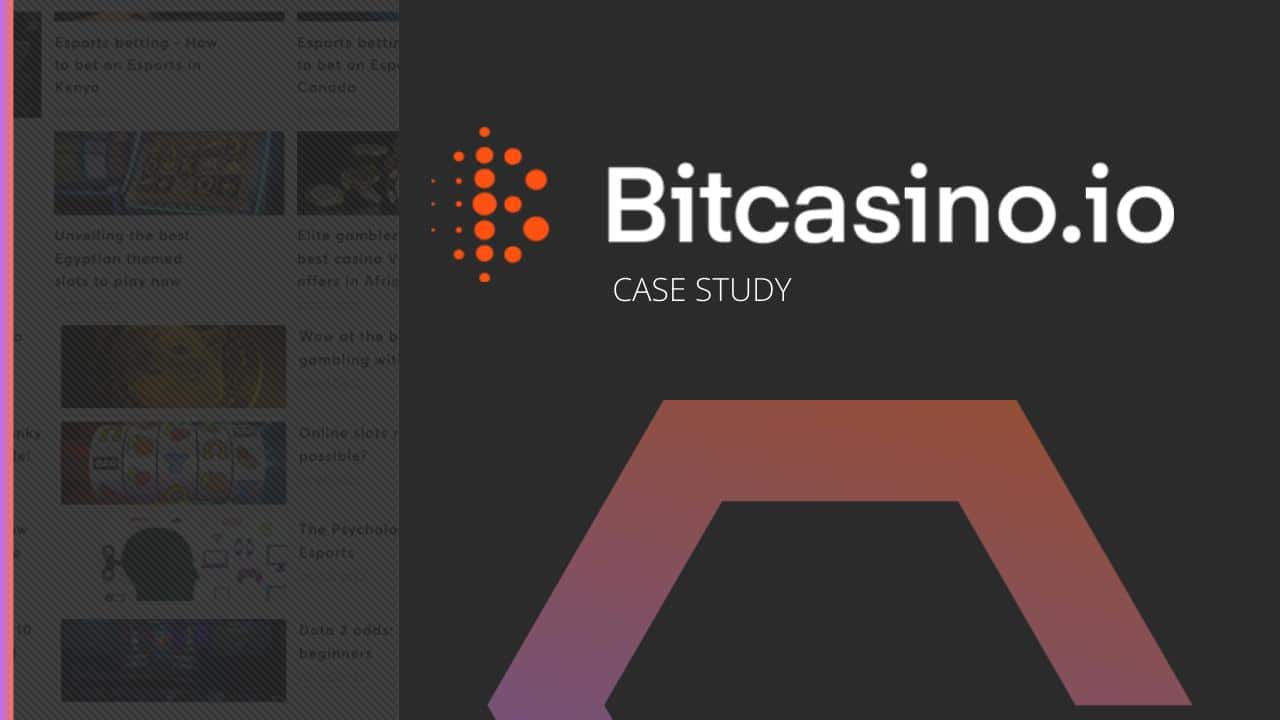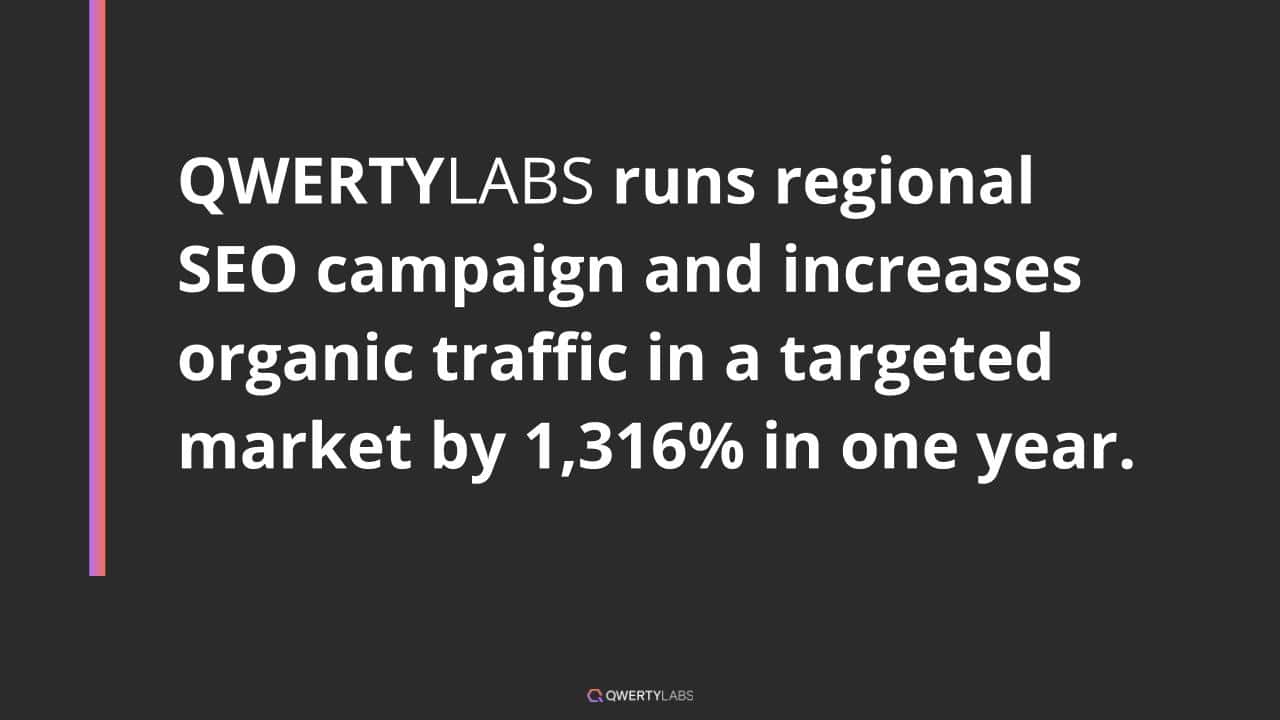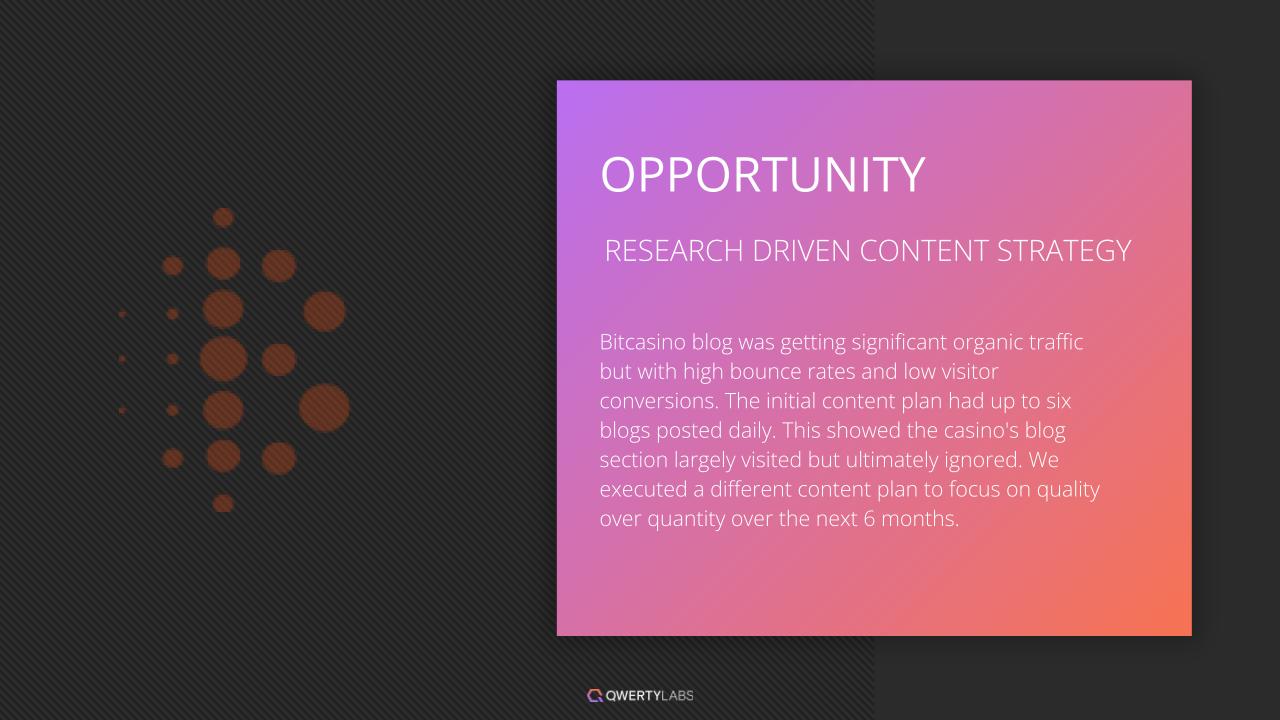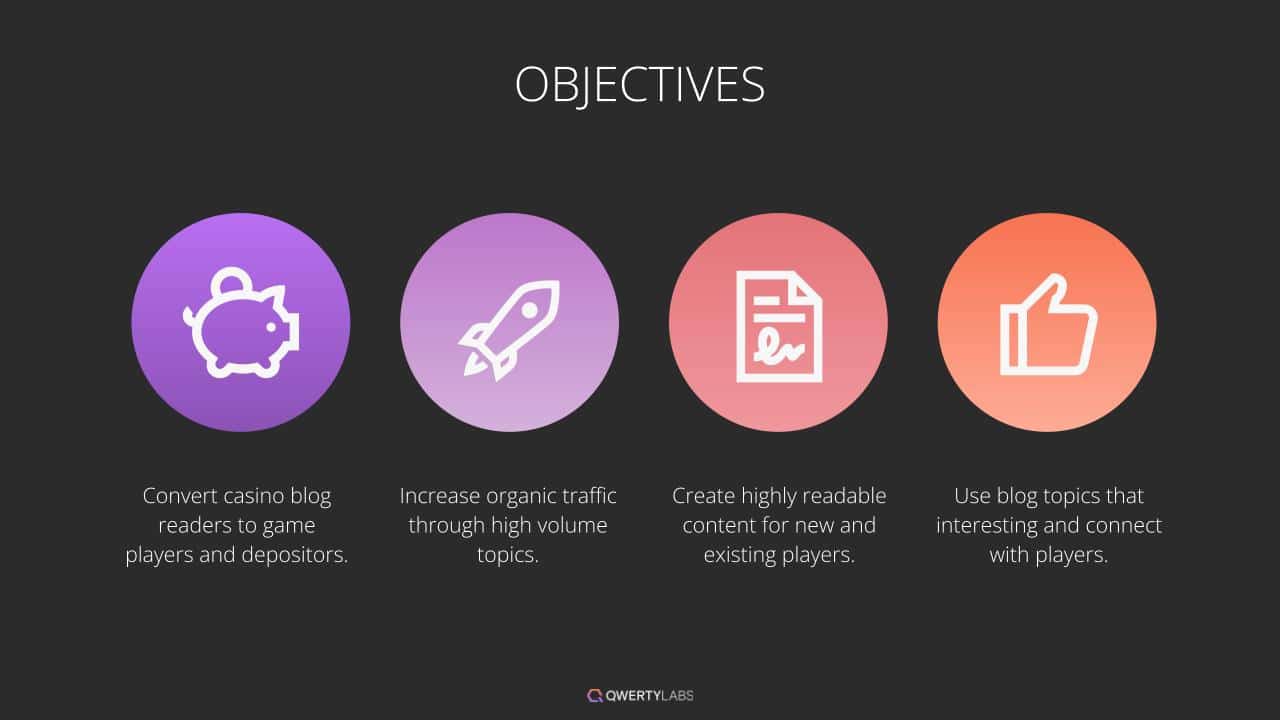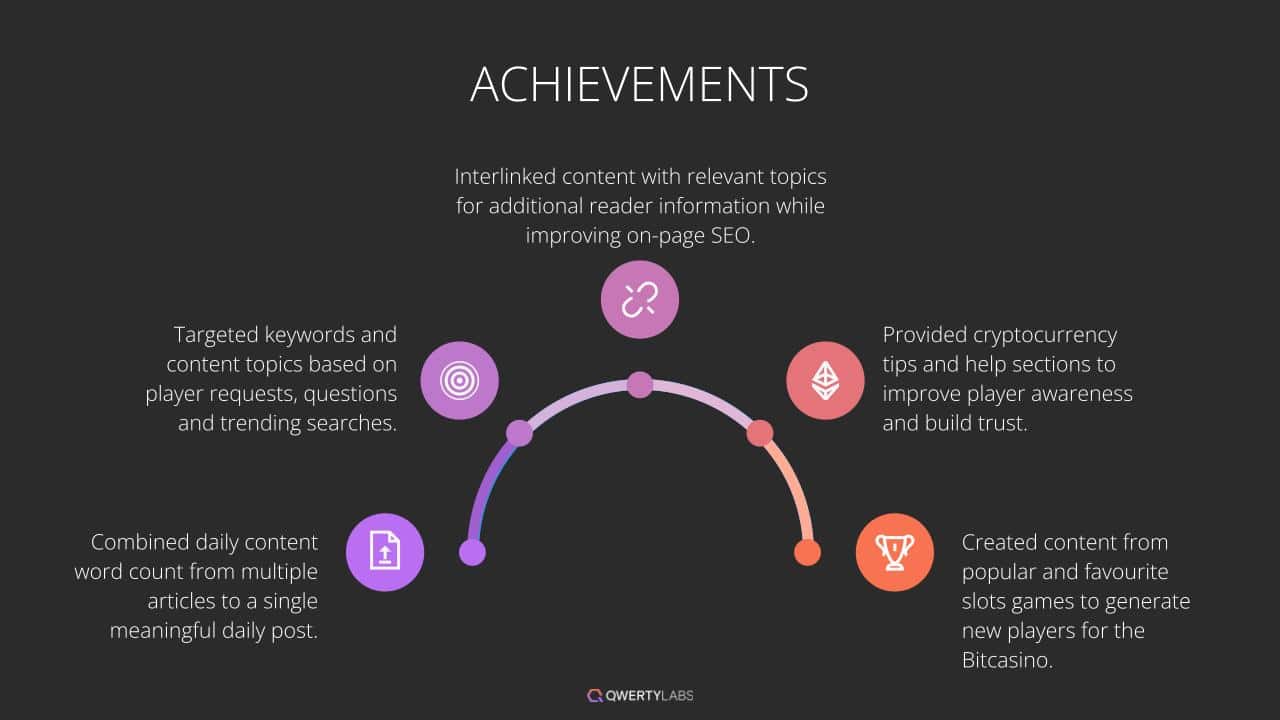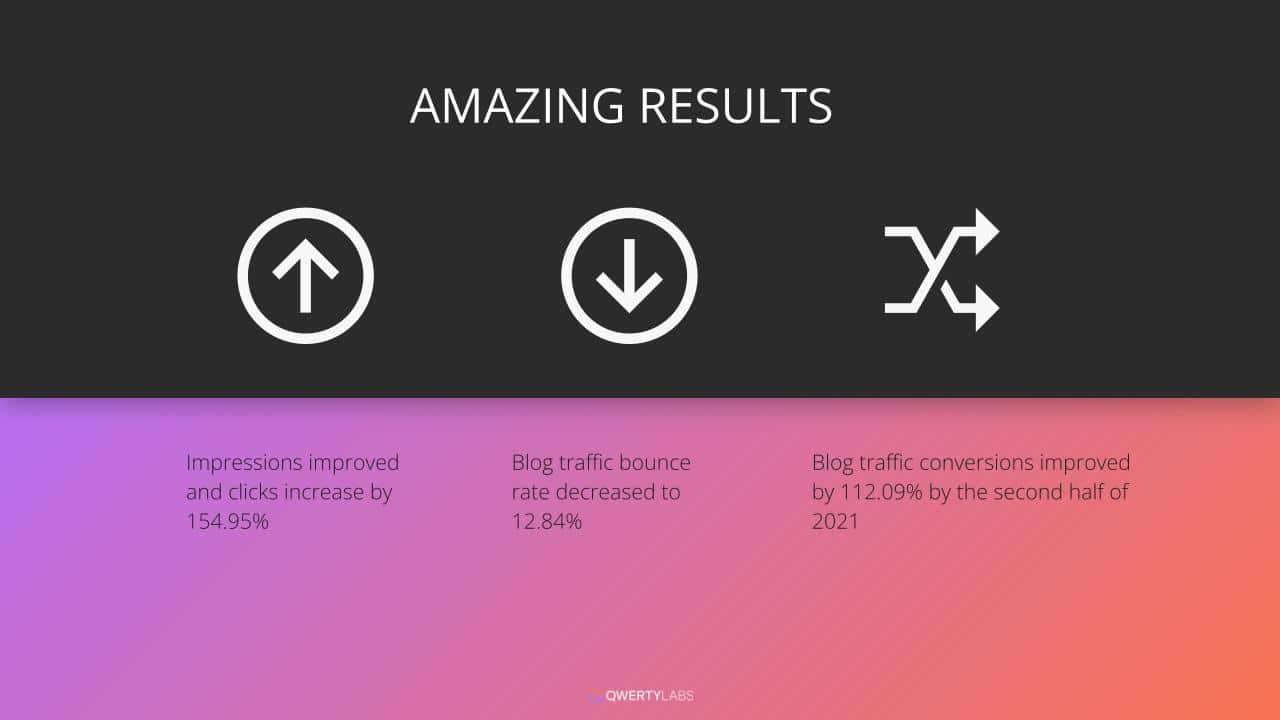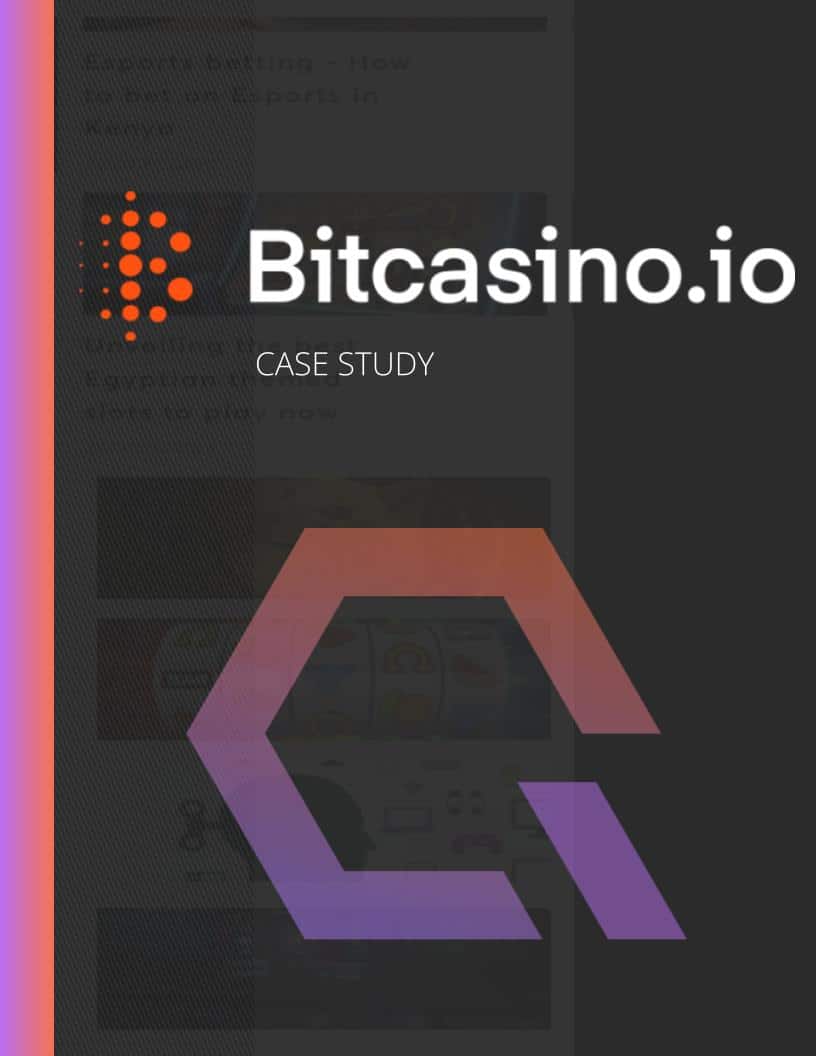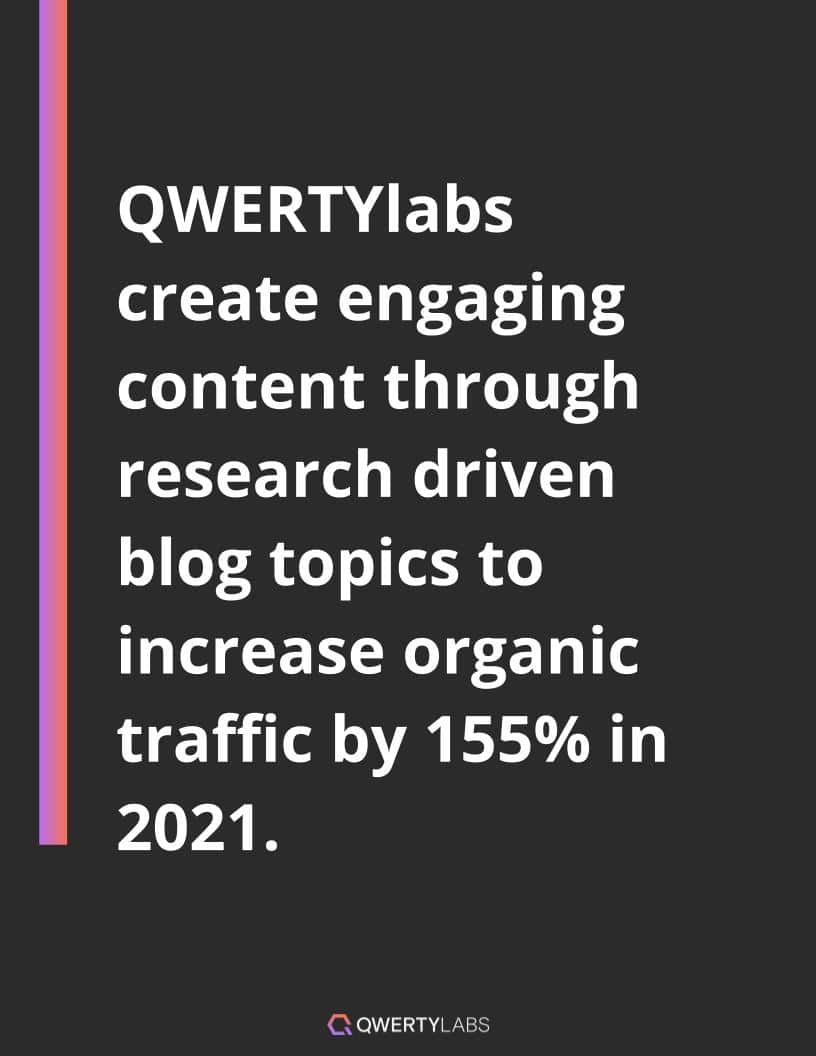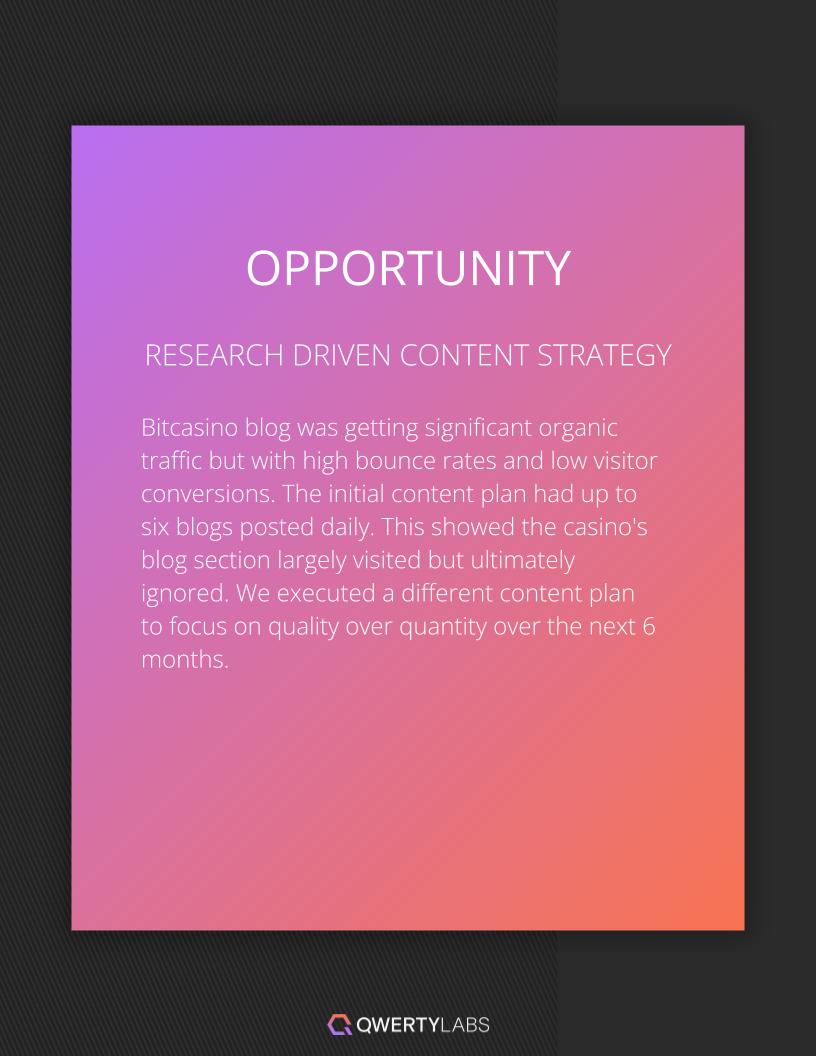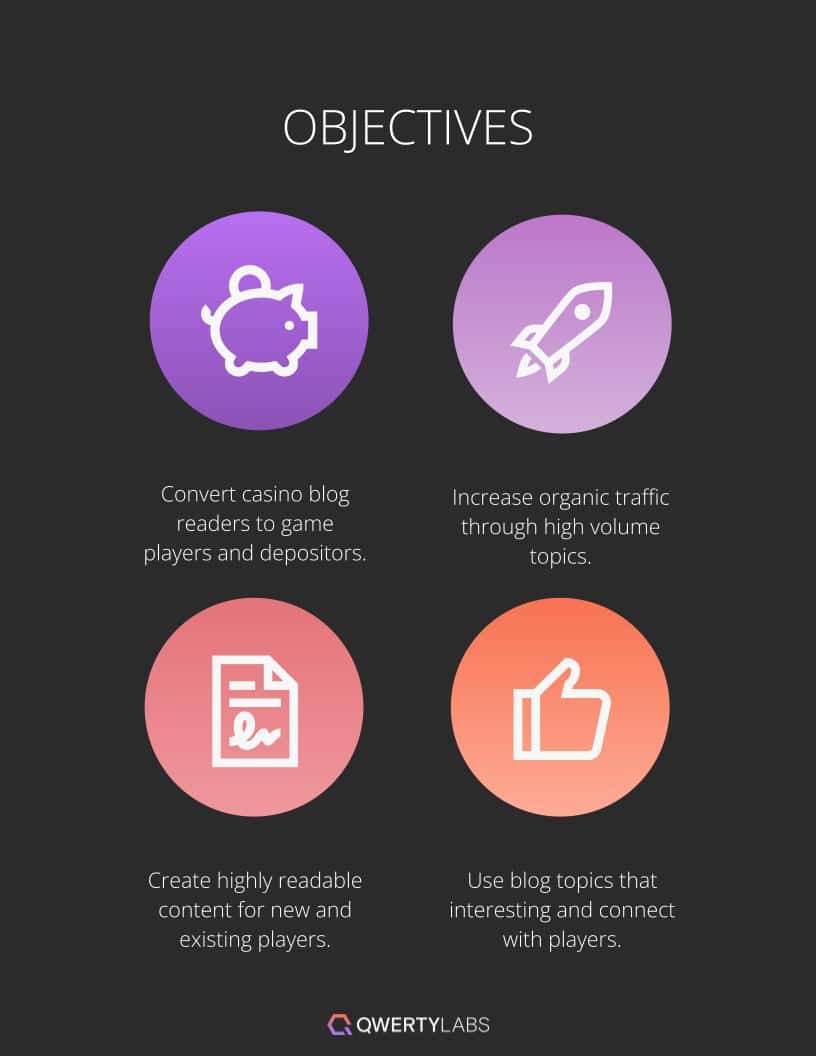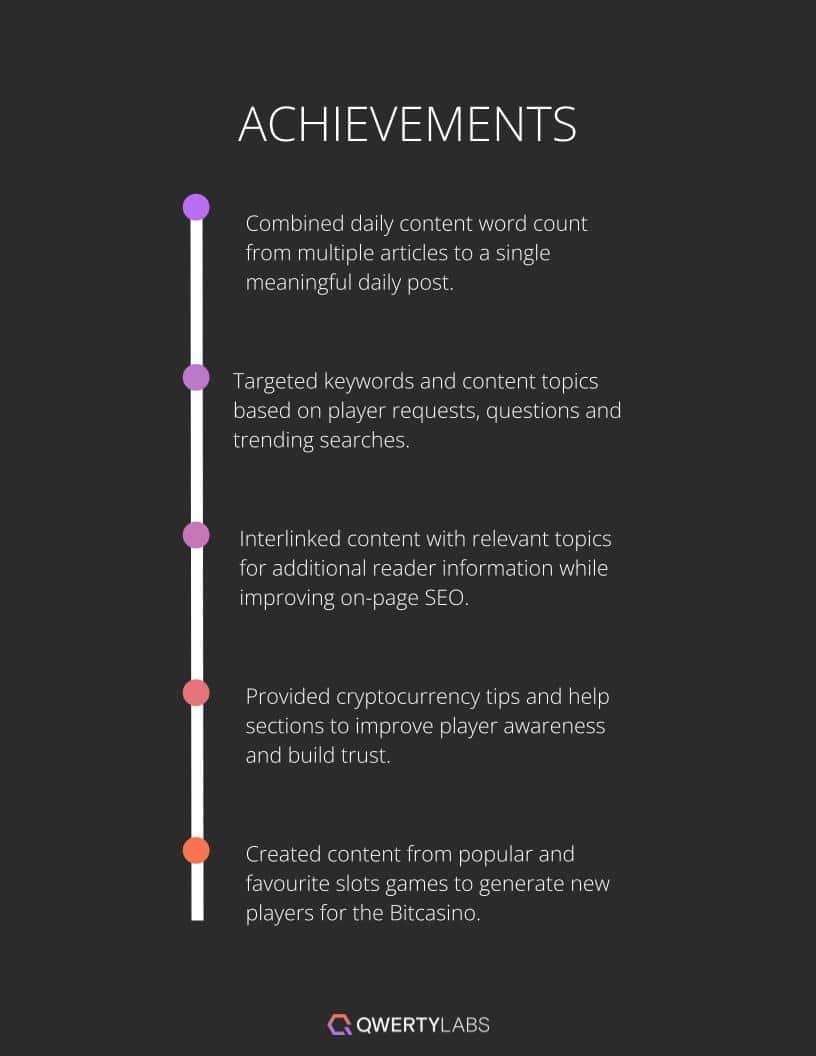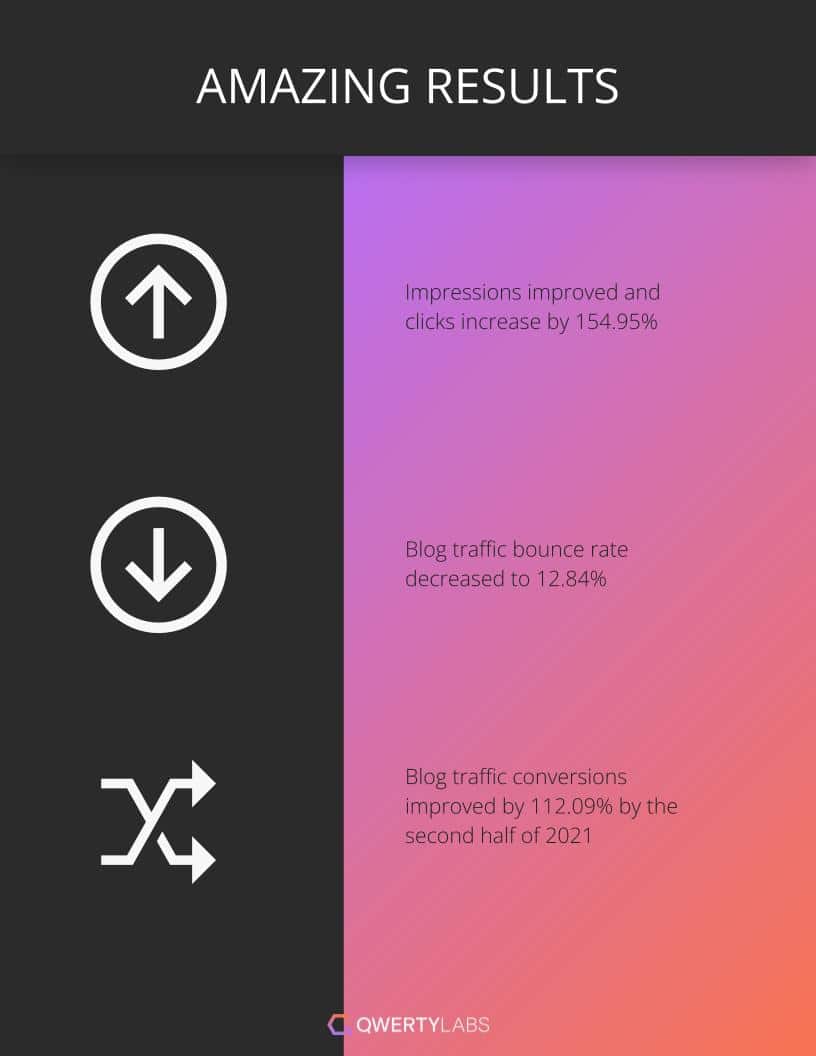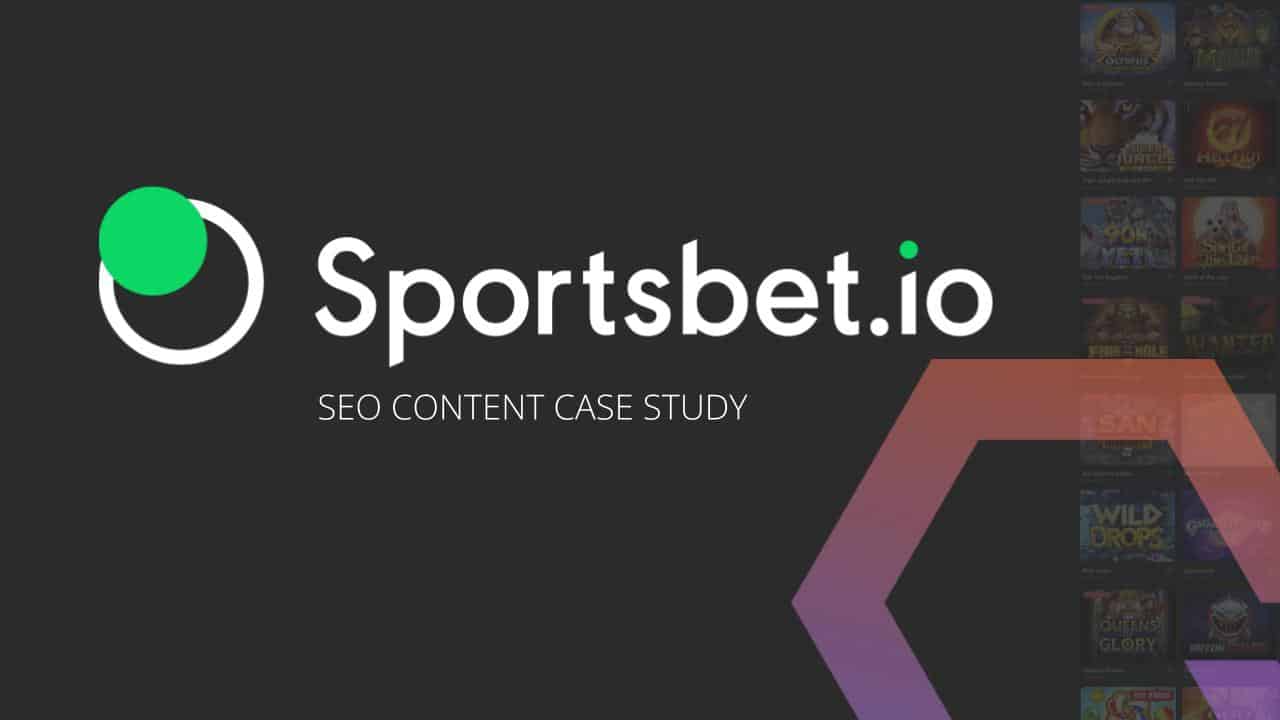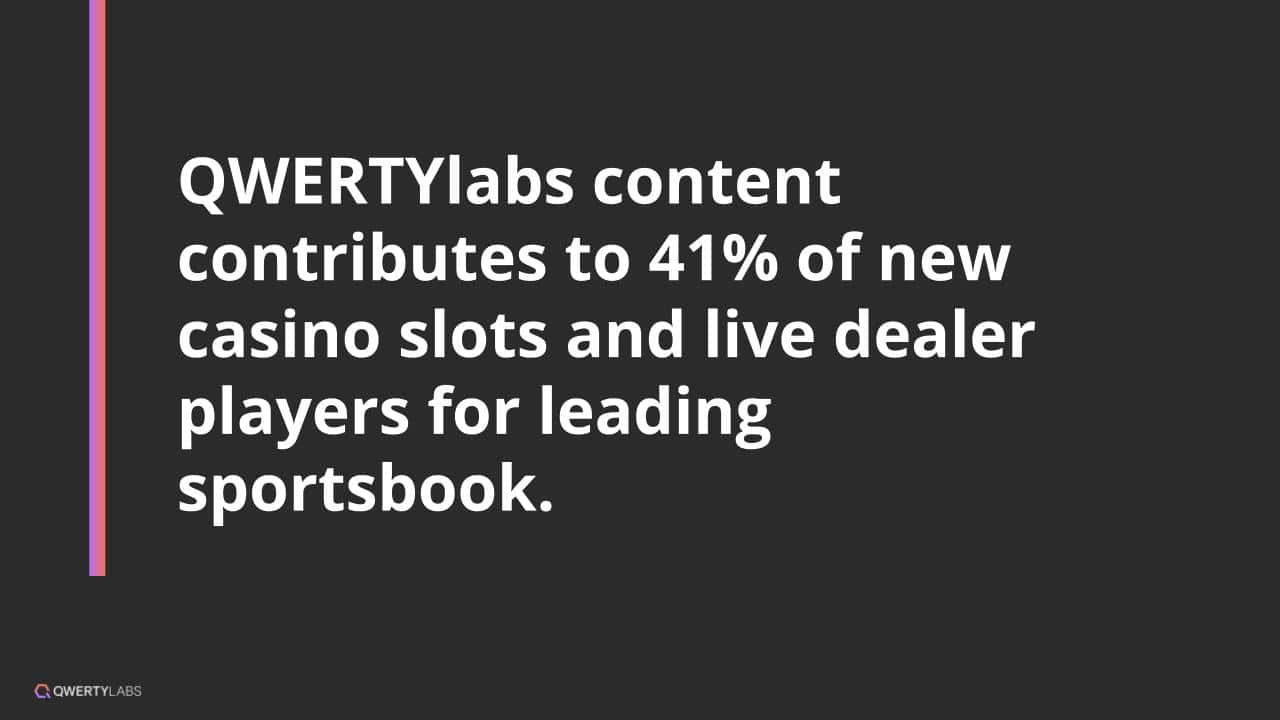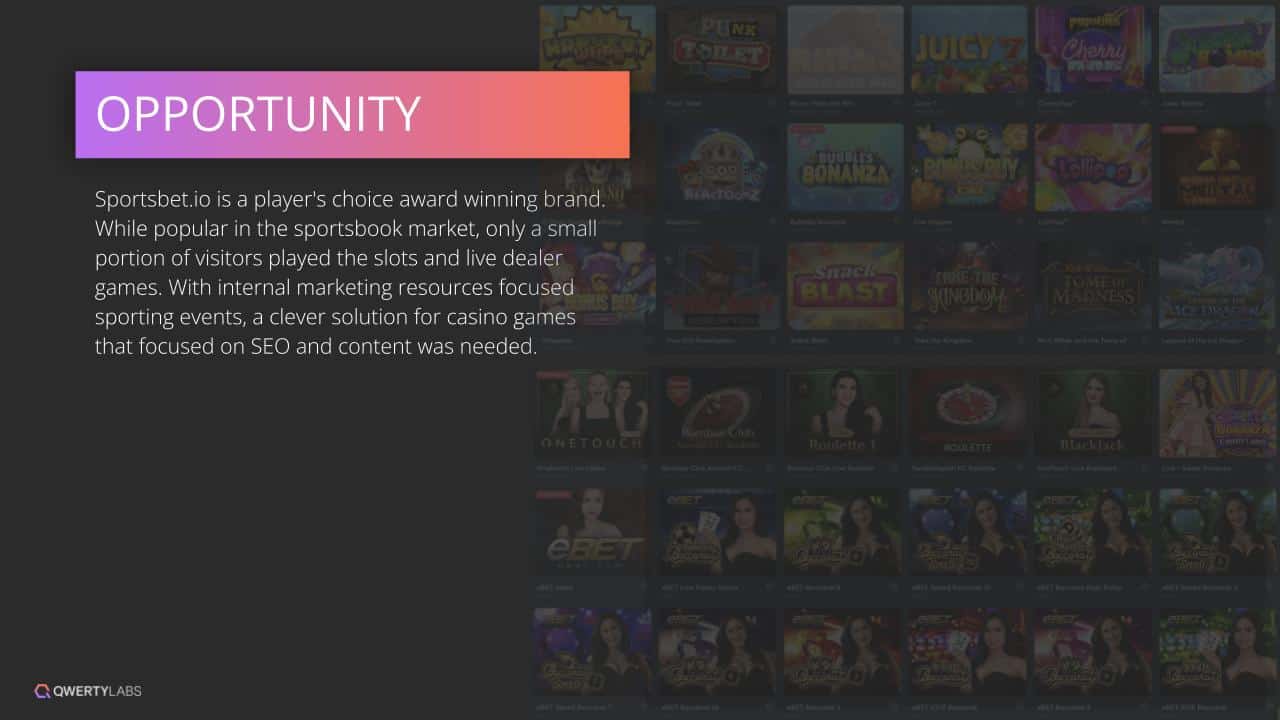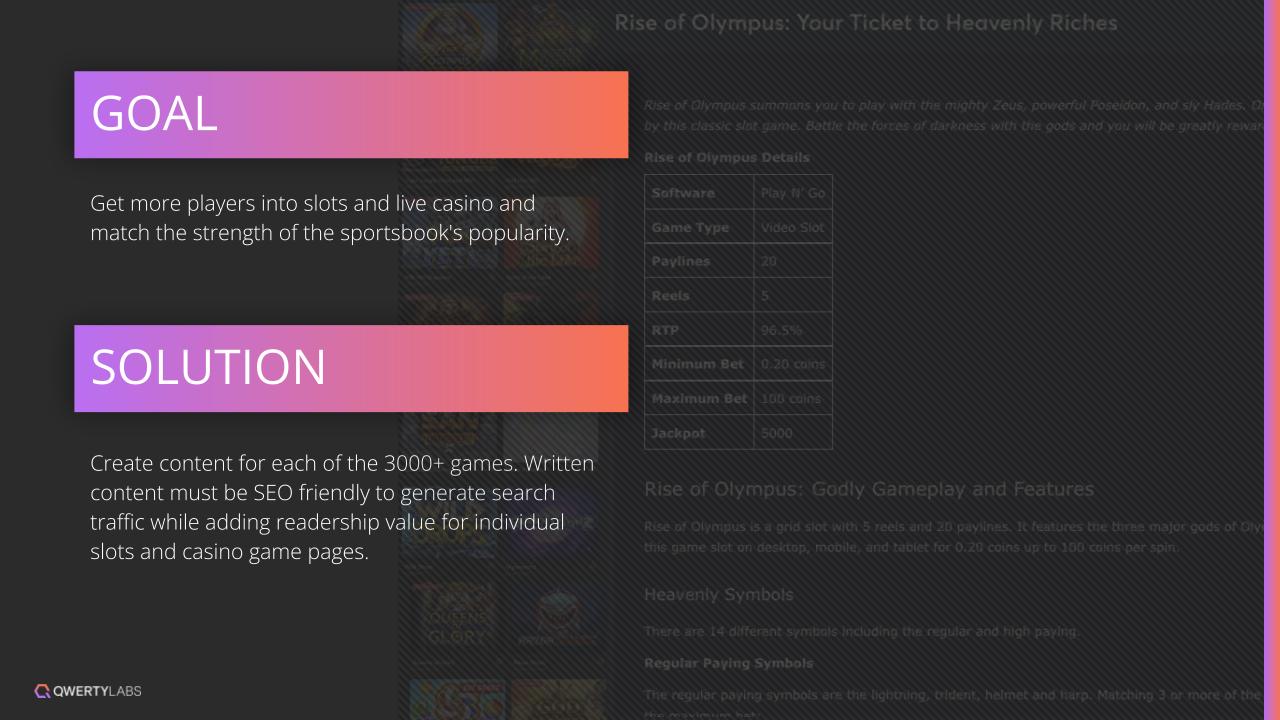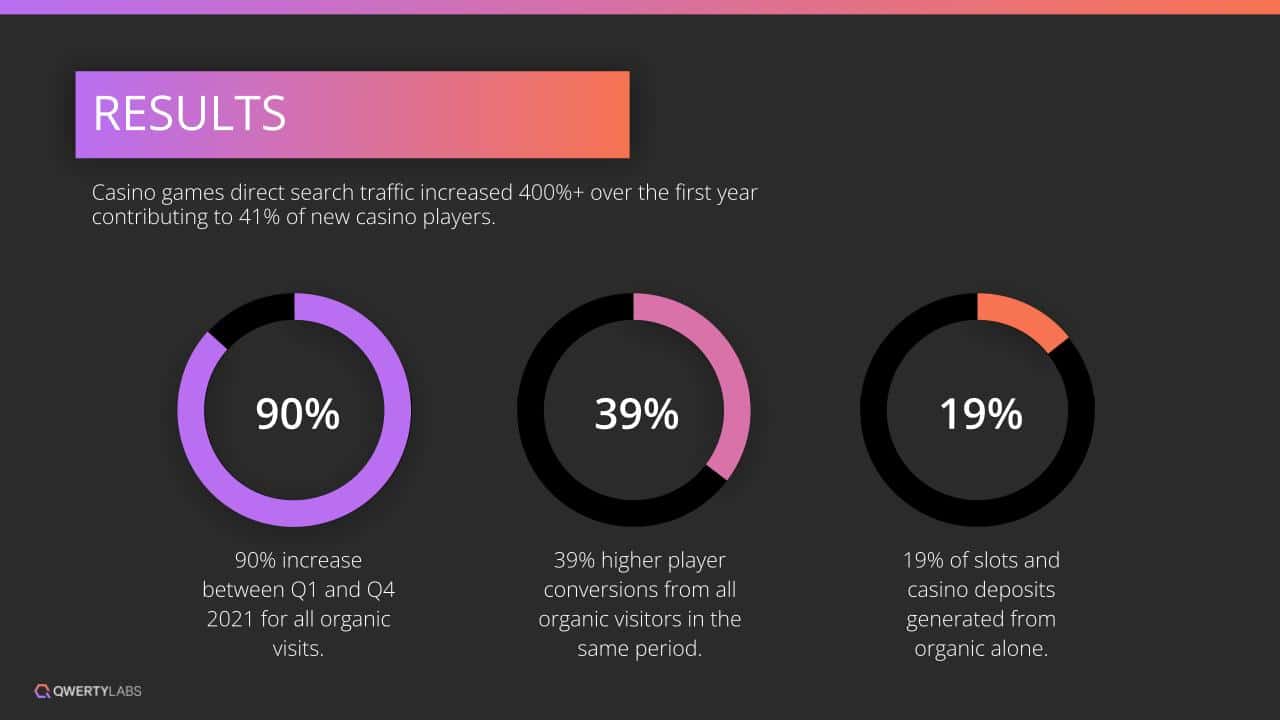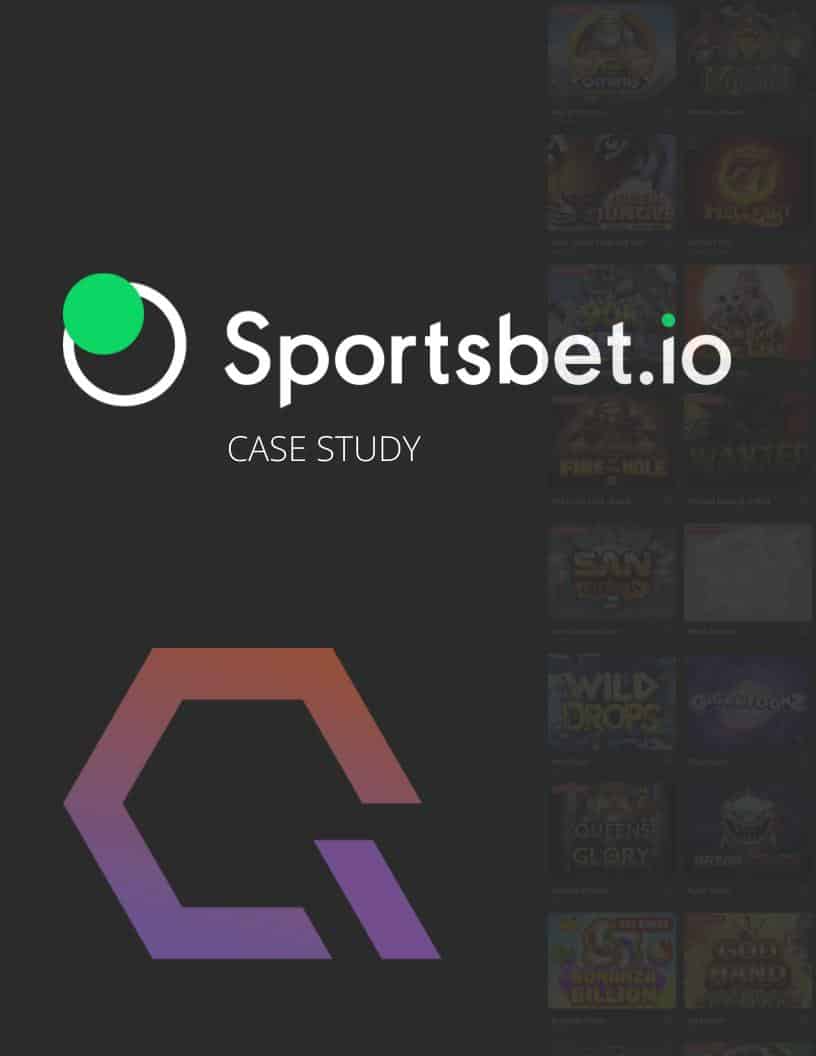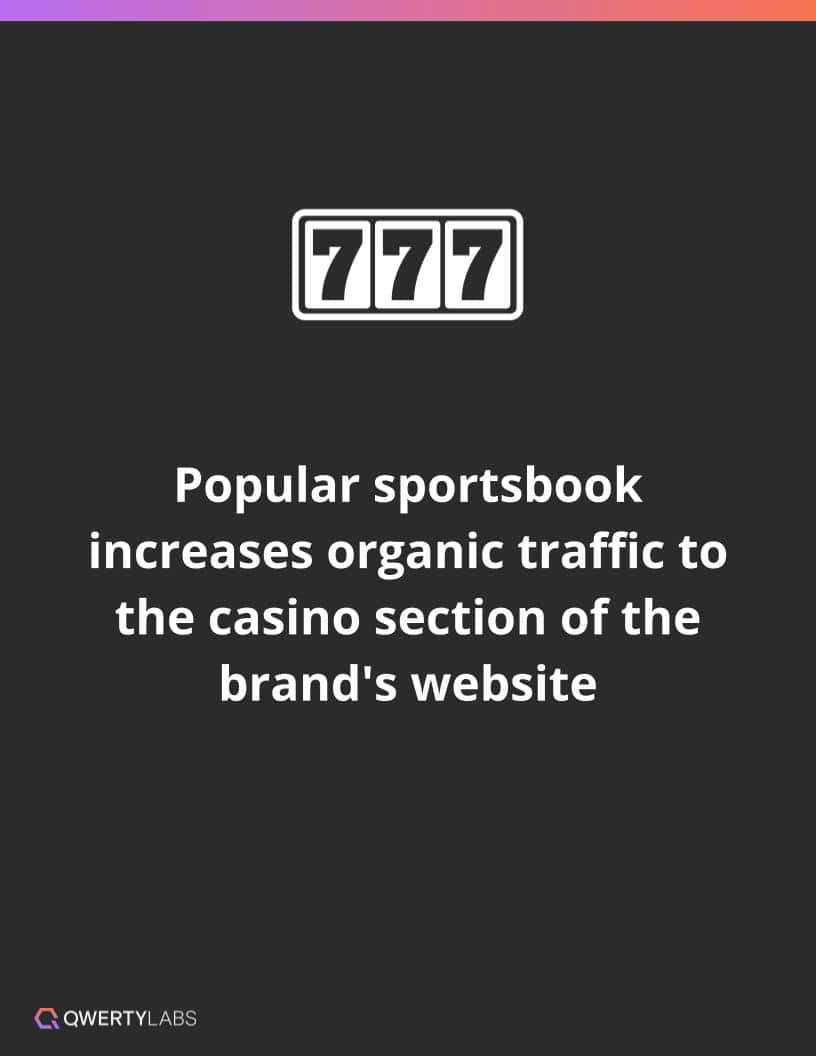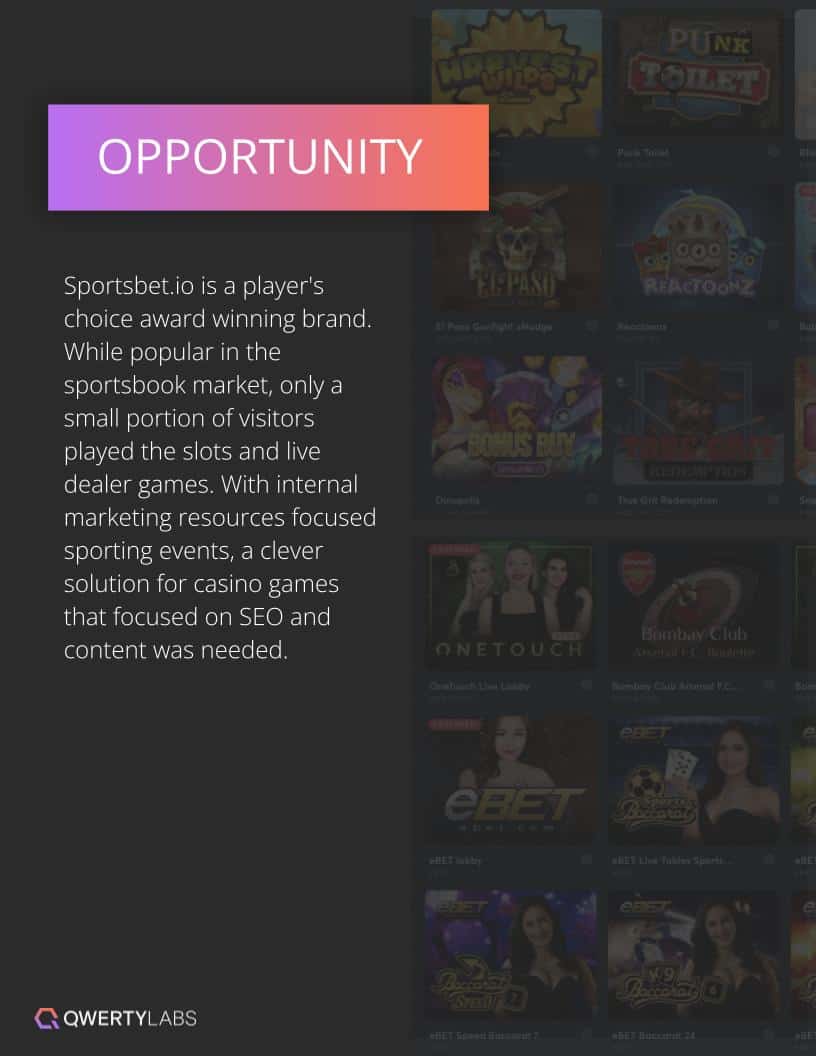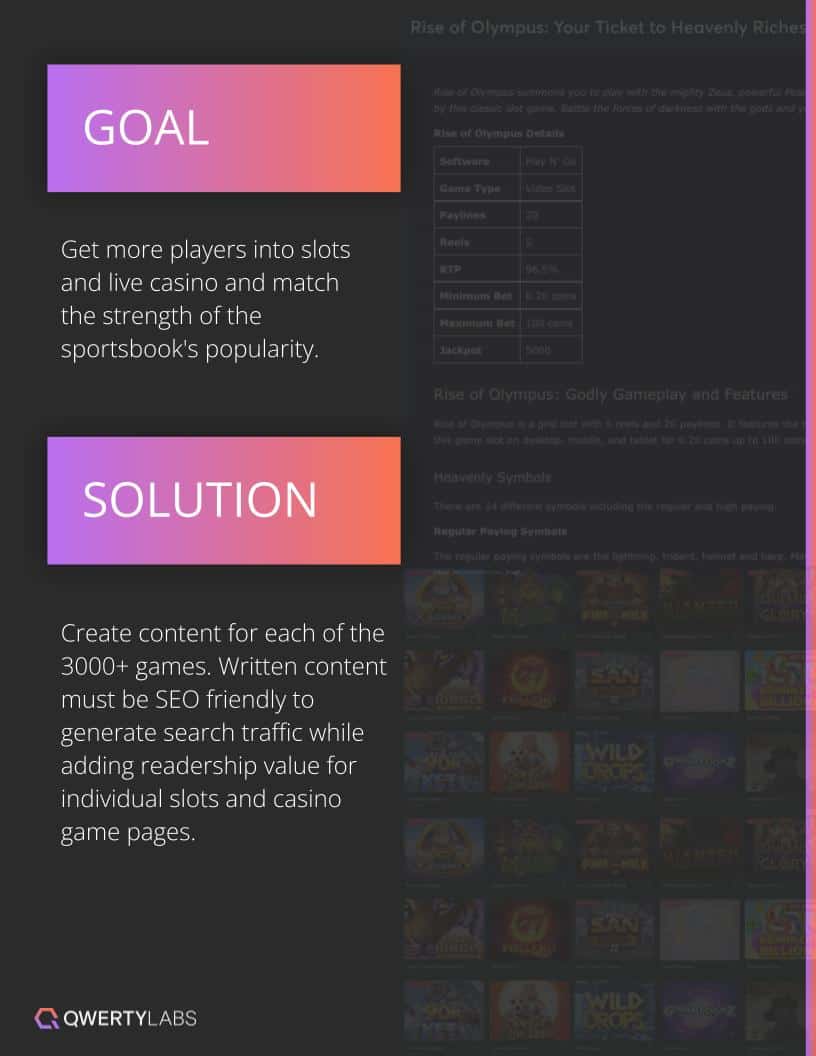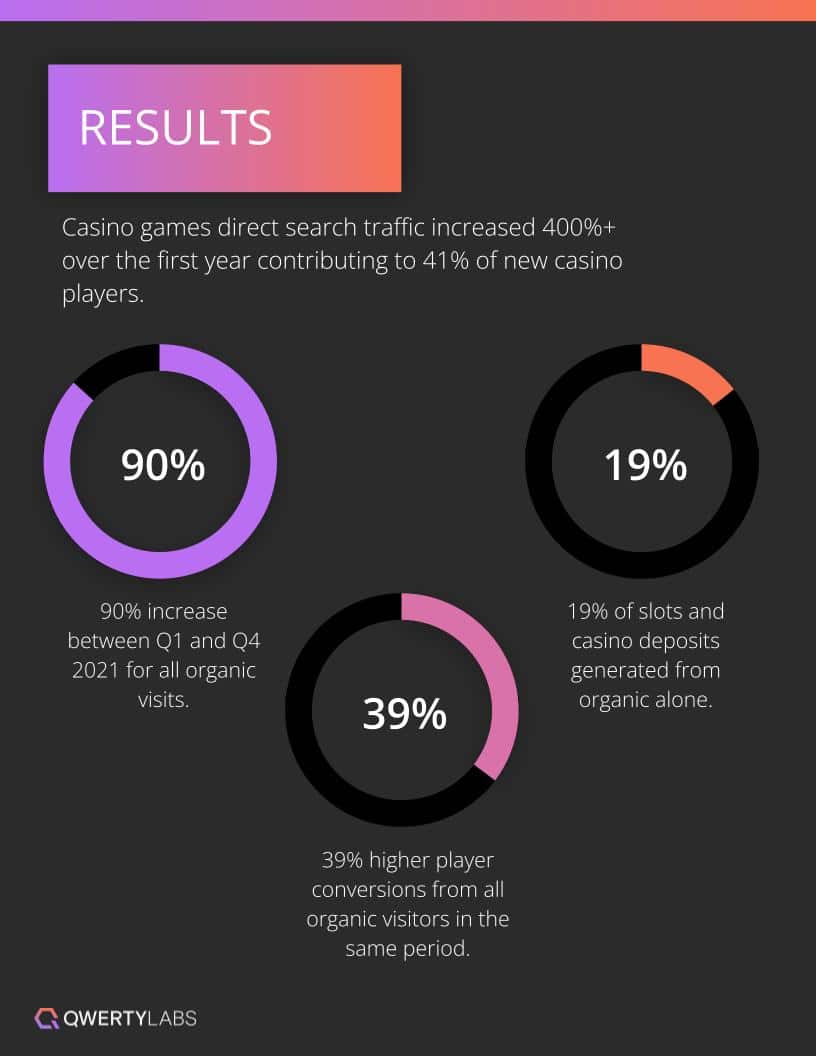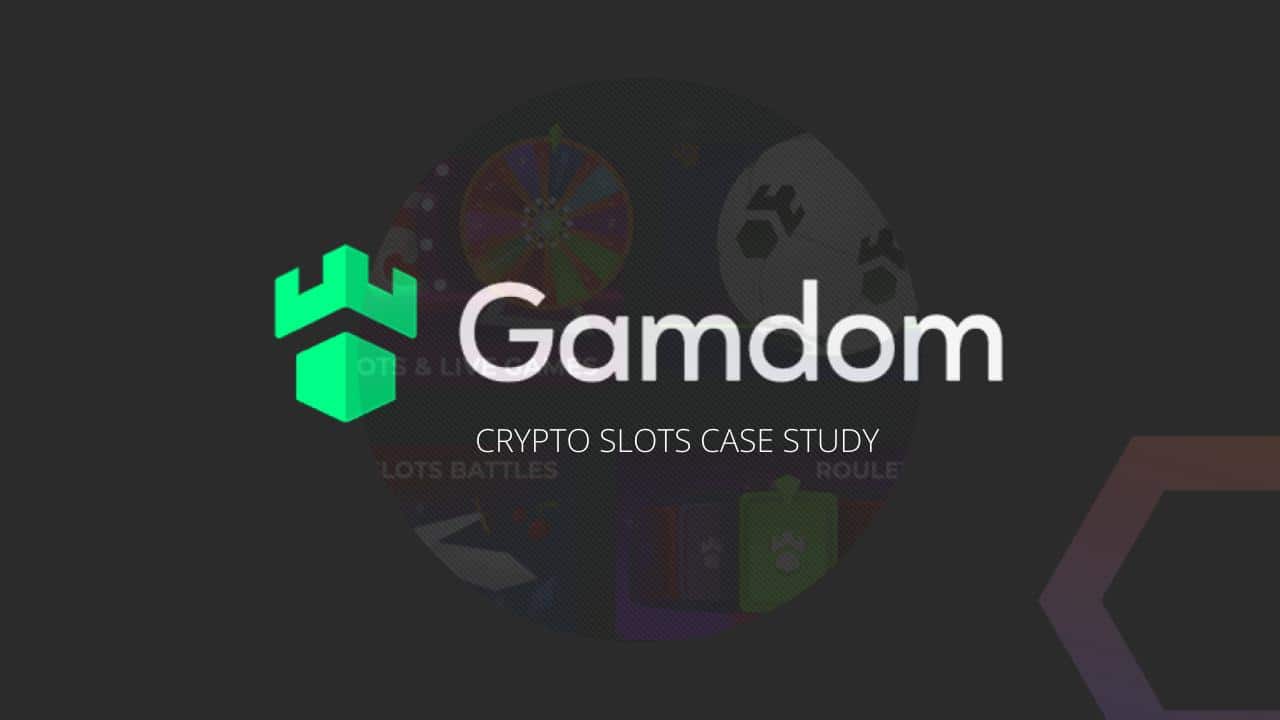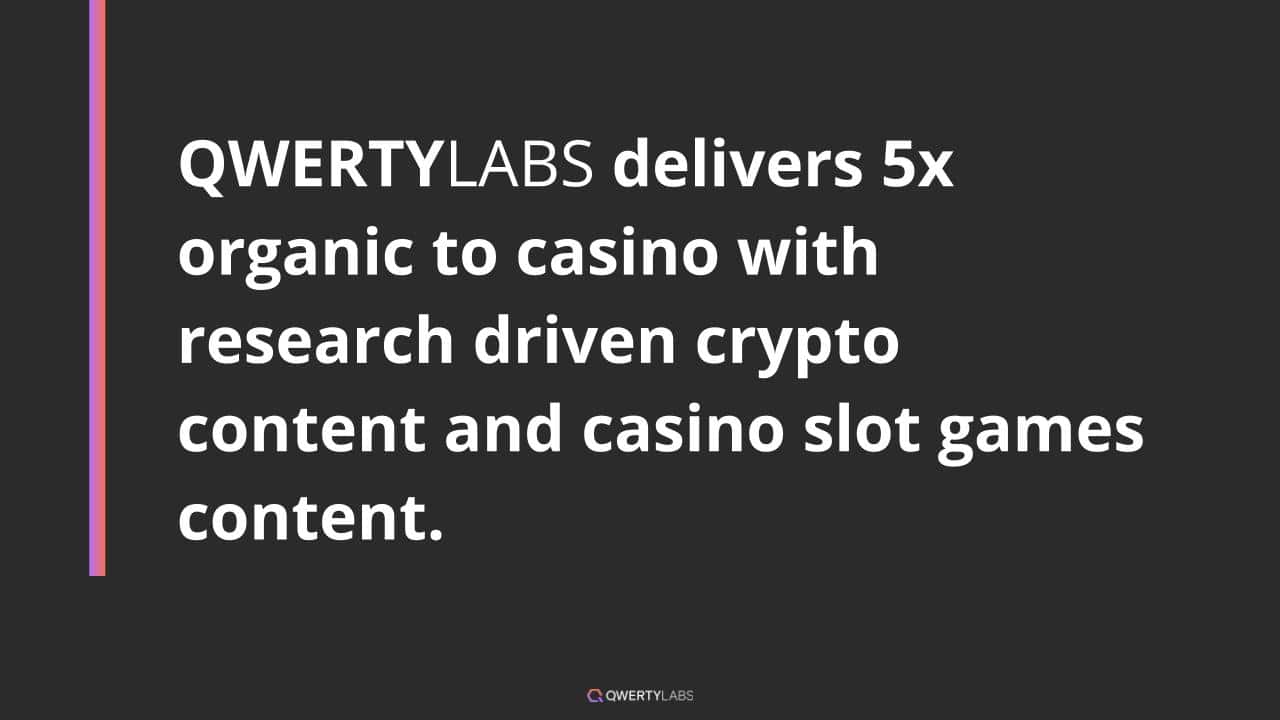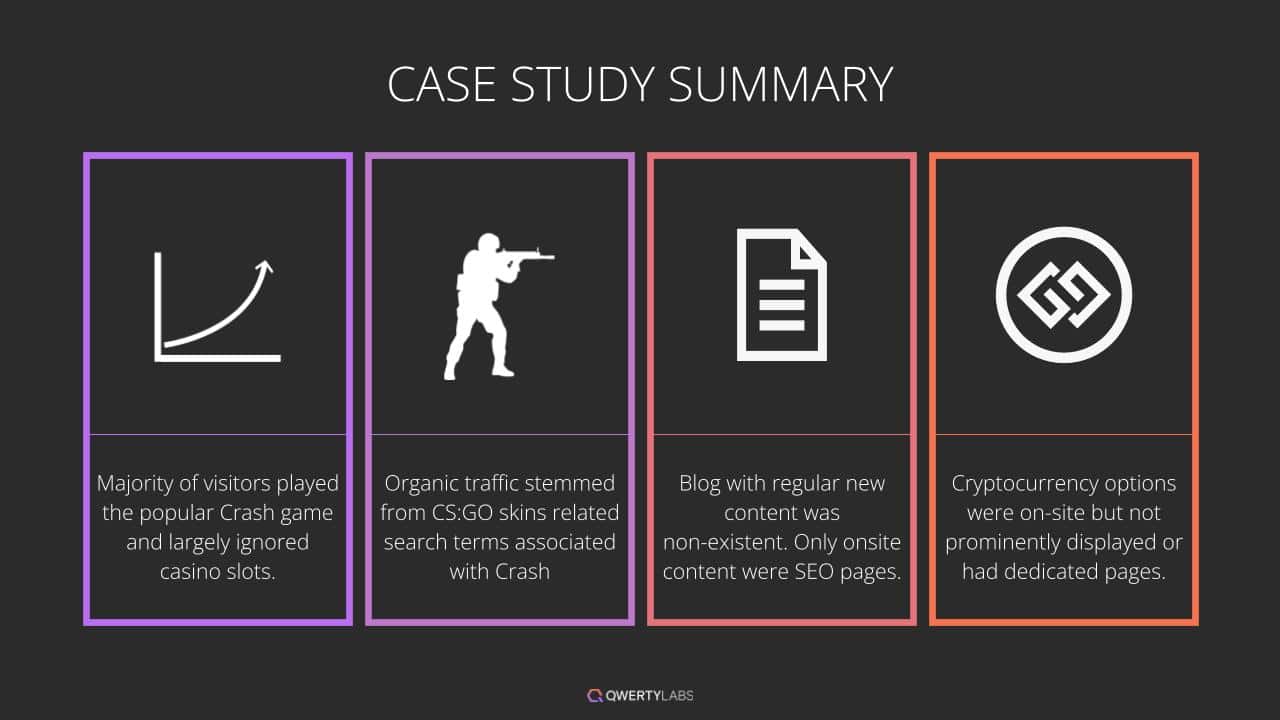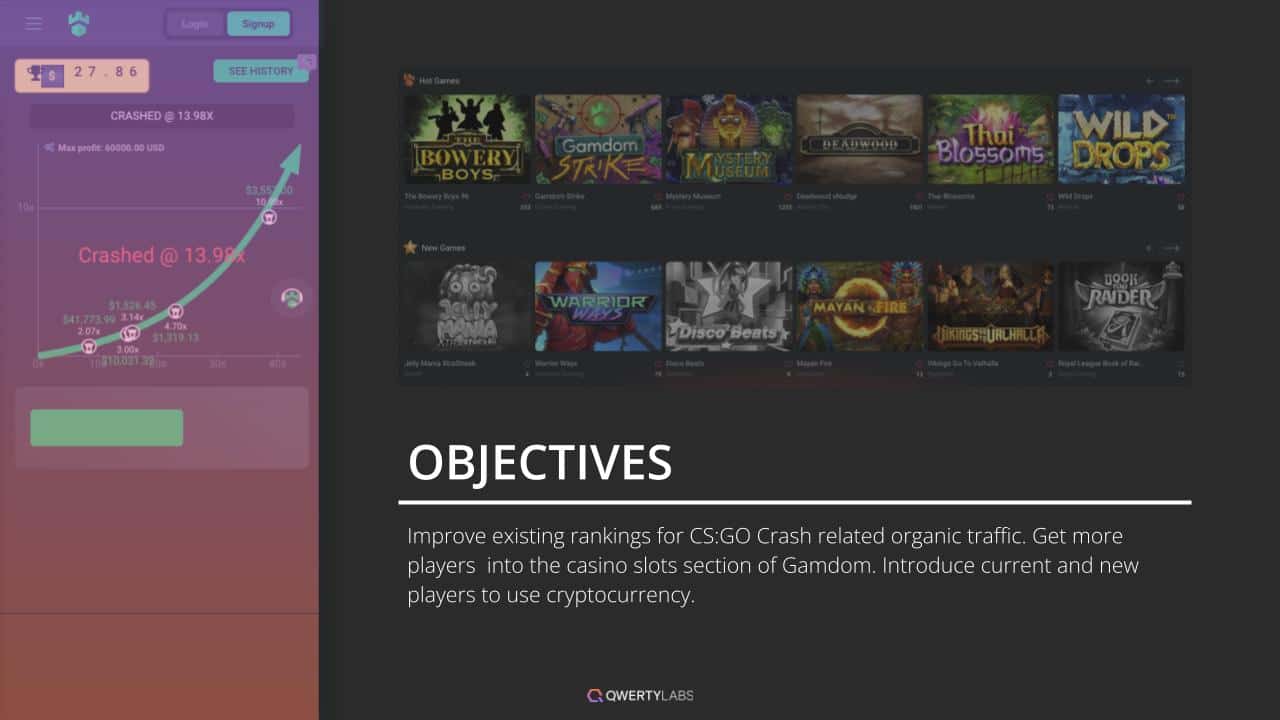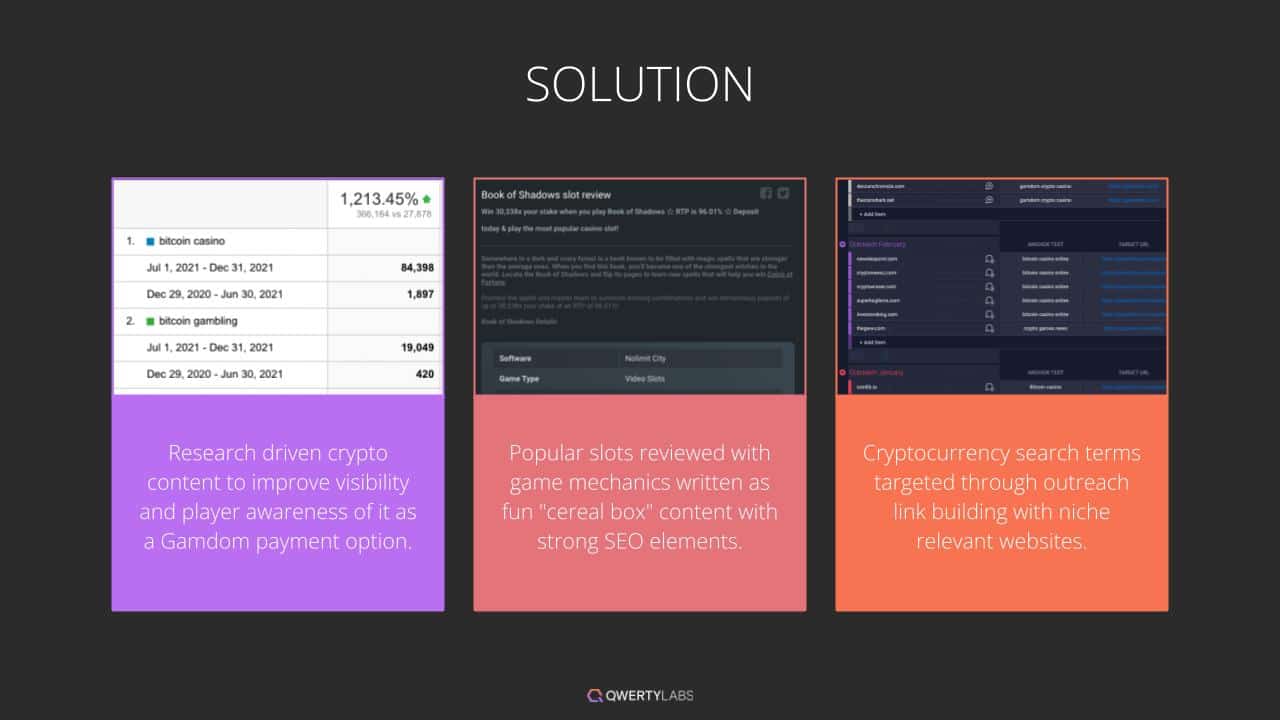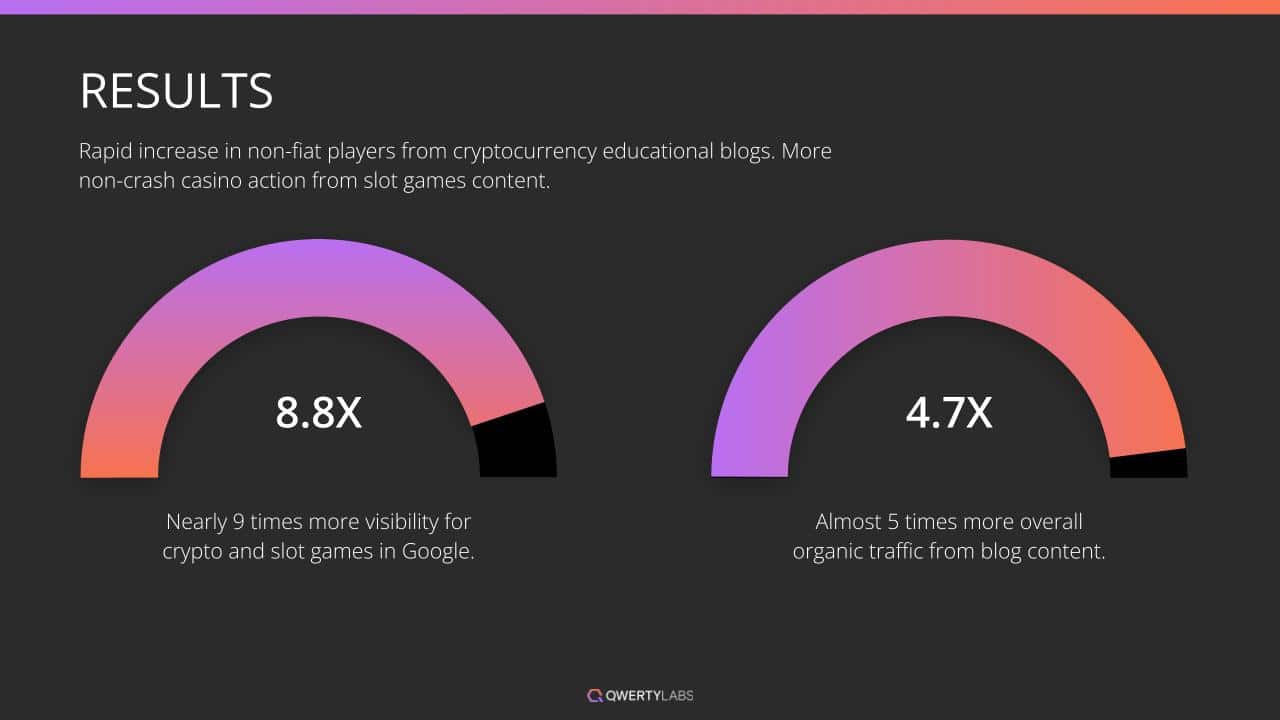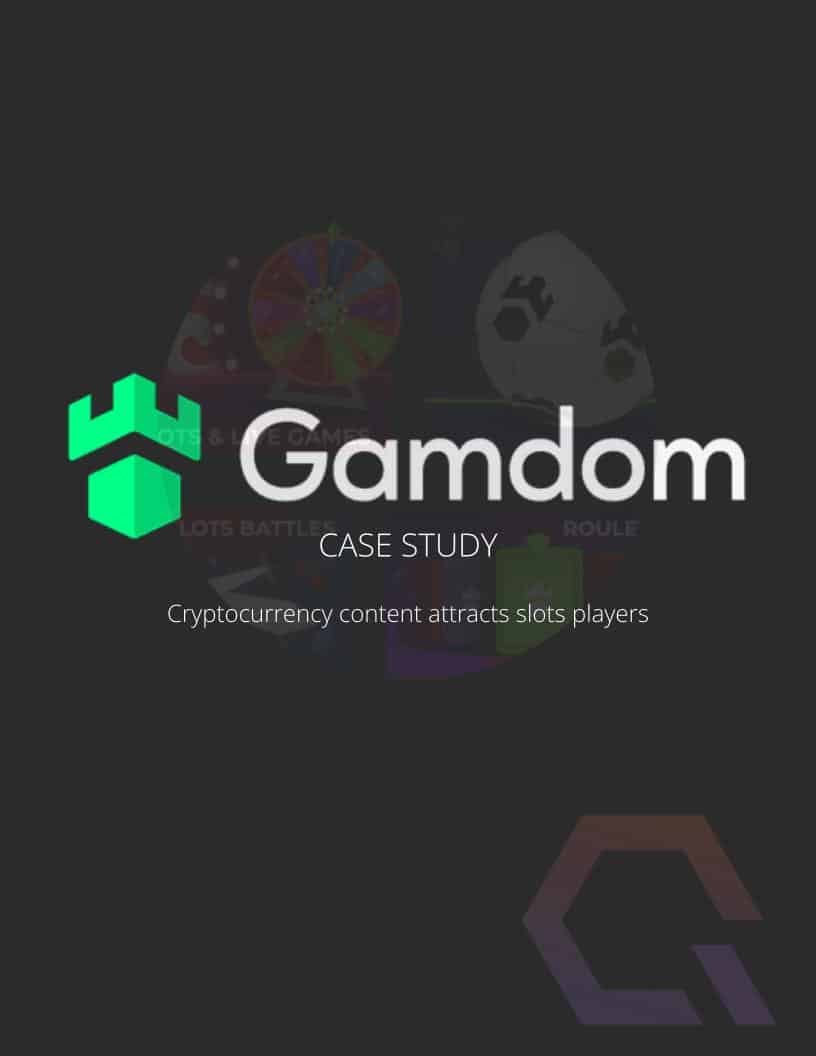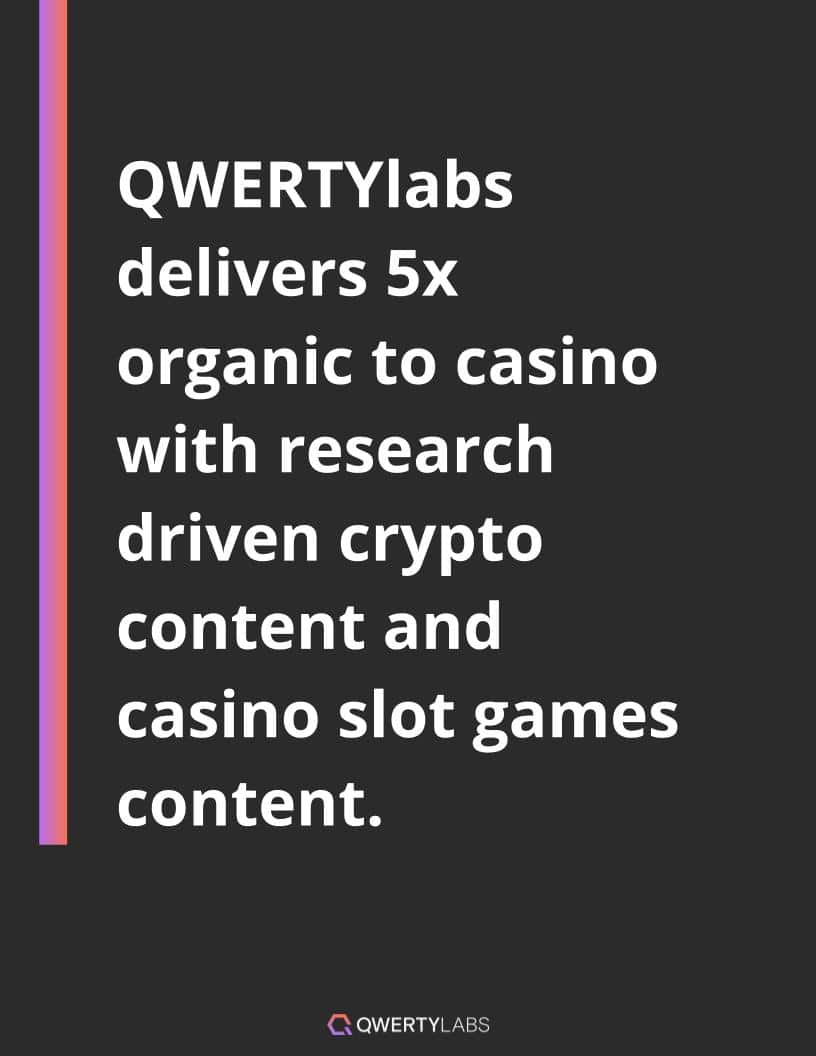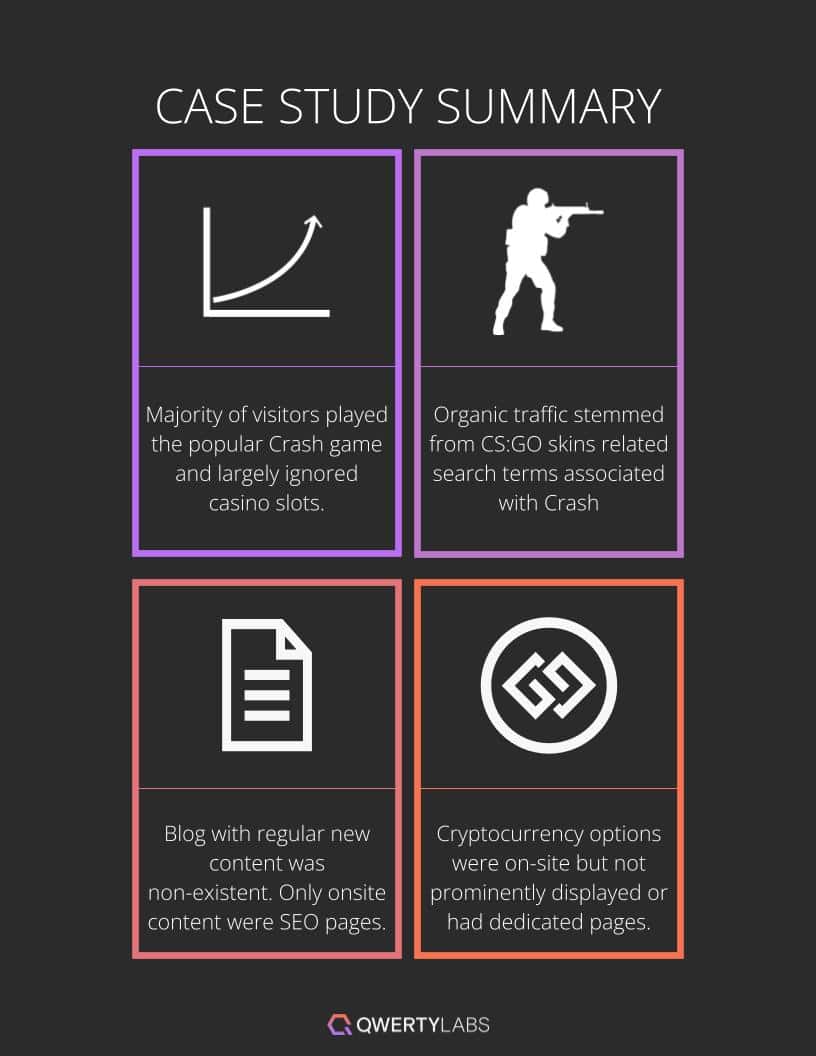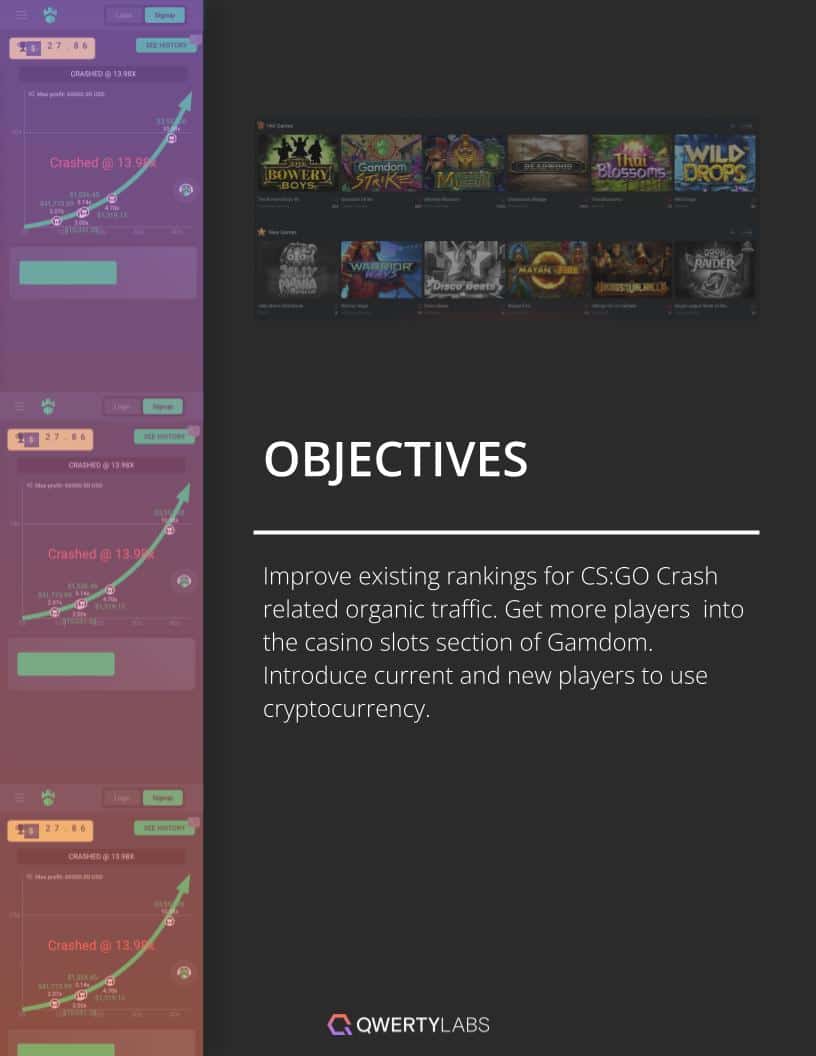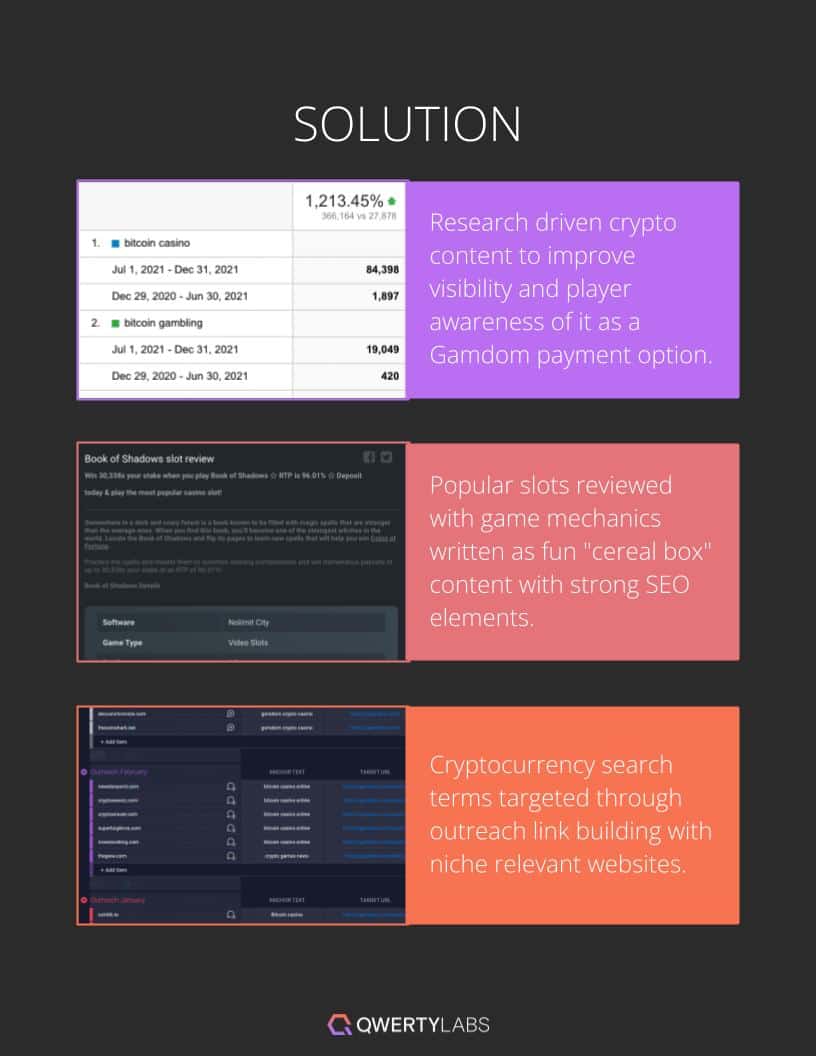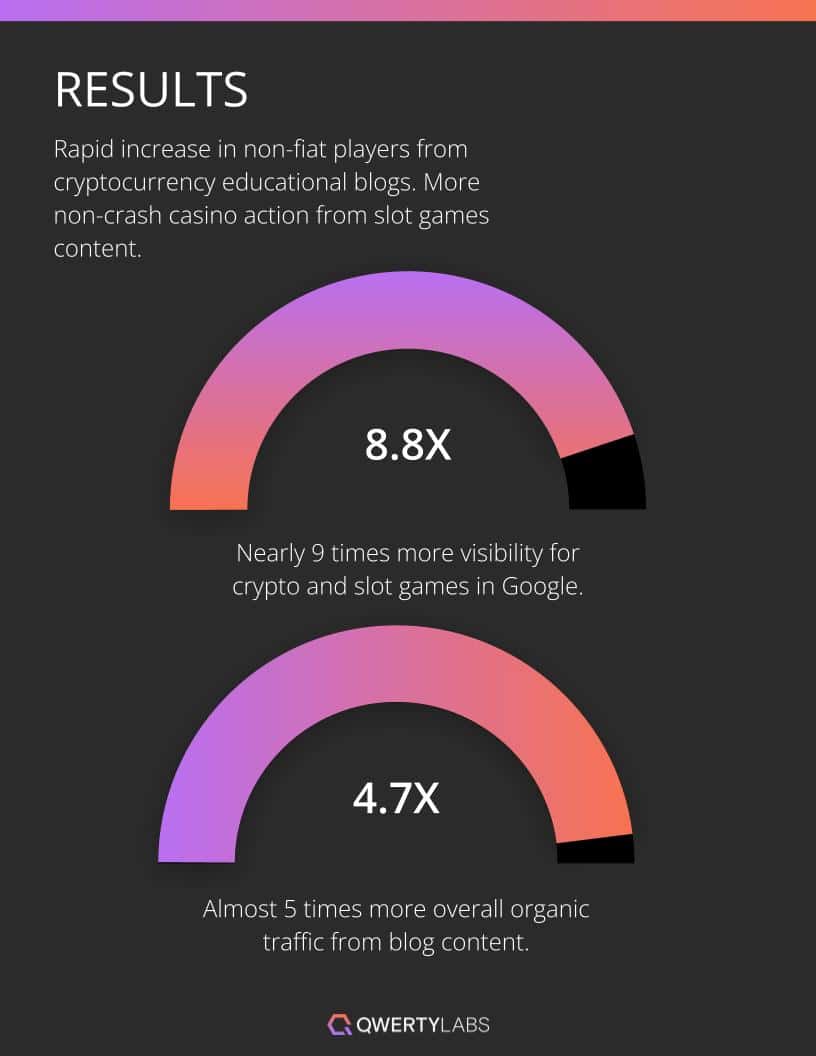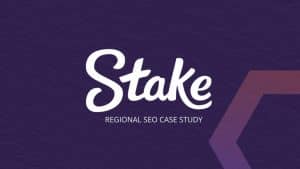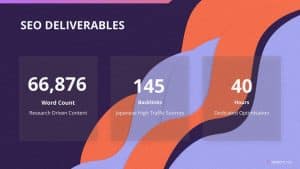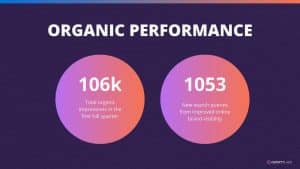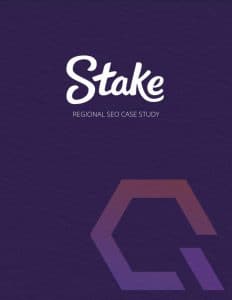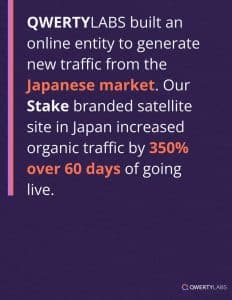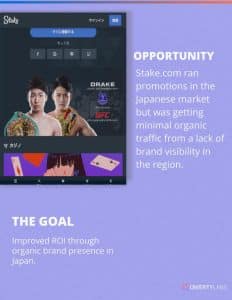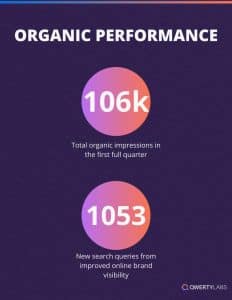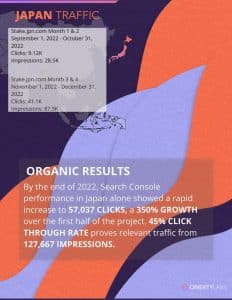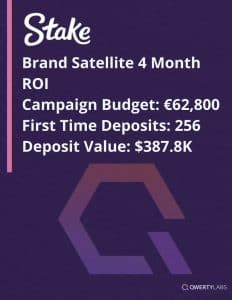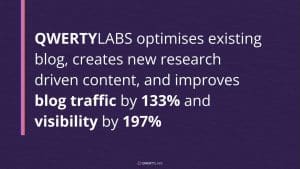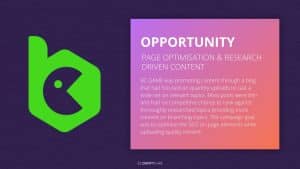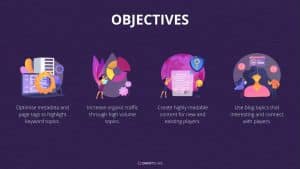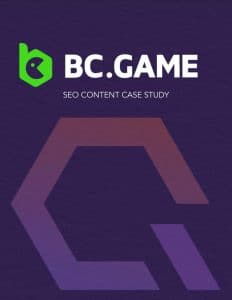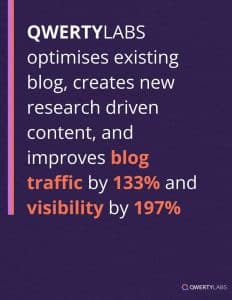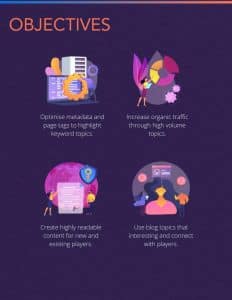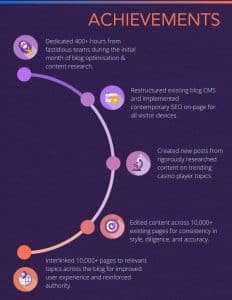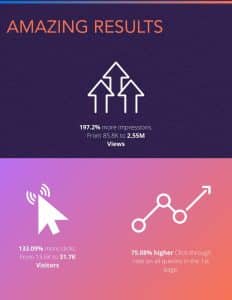Cybersecurity trends 2024: What online casinos should know
As cyber threats become more sophisticated, staying ahead of the latest cybersecurity trends is essential to protecting sensitive data and maintaining customer trust. This year ushers in a new wave of cybersecurity trends that can lower the risks of digital threats. From using AI to implementing passwordless verification systems, these trends can benefit your business.
QWERTYLABS is here to keep you updated with all the latest cybersecurity trends in 2024. Learn all the critical things here to ensure your brand stays safe and sound online!

What is cybersecurity?

Cybersecurity is a practice that protects electronic and internet assets from cyber threats or illegal activity. This includes personal data, communication channels, data servers, networks, smart devices, and anything else that connects to the internet. Cybersecurity keeps your online data from getting stolen or messed with.
Why is cybersecurity essential to your online casino?
The reach of online casinos exposes them to a broader range of potential cyber-attacks. These threats can start from complex criminal networks seeking to use vulnerabilities and steal customer data or financial resources.
Data breaches and hacking attempts threaten not only the customer’s privacy but also the financial security of your platform. These instances can damage your brand reputation, resulting in revenue loss and a decline in customer trust.
Cybersecurity is an investment in the future of your online casino. You create a secure and trustworthy environment that fosters a thriving online casino business by prioritising player protection, safeguarding financial transactions, and maintaining platform integrity.
Emerging cybersecurity trends to watch out for in 2024

It’s time to discover the top cybersecurity trends in 2024. Each point below highlights specific parts of more advanced cybersecurity that you should know to keep your users safe. Read ahead to learn more about digital security and what to watch out for.
- The rise of artificial intelligence in cybersecurity
Artificial Intelligence (AI) has massively grown over the past decade. Machine learning, in particular, has become an impressive tool for many organisations, enhancing tasks such as AI content creation and interactive content. This rise of AI also revolutionises cybersecurity.
According to cybersecurity predictions, AI algorithms will continue to reshape data analysis and workflow. They see it as a tool enabling security experts to sift through extensive network traffic and system logs.
For instance, AI can detect malicious software hidden within network traffic or recognise suspicious user behaviour. Additionally, AI can automate incident response actions, allowing security teams to contain threats faster and minimise damage. While AI is still developing, its ability to analyse vast amounts of data and identify subtle threats makes it a valuable tool in cybersecurity.
- The growth of Internet of Things (IoT) vulnerabilities
The Internet of Things (IoT) refers to the ever-growing network of physical devices embedded with sensors, processing power, and software. These devices can connect and exchange data with other devices and systems over the internet, creating a vast interconnected ecosystem.
Imagine everyday objects like refrigerators, thermostats, or even light bulbs being able to connect to the internet and communicate with each other. That's the core concept of IoT.
The expanding IoT space shows a growing challenge for cybersecurity for multiple reasons:
- The increasing number of electronic devices.
- The interconnectivity of the web.
- Limited built-in security features on devices.
Your data and device could be exposed to hacks that threaten user privacy, disrupt critical operations, and even threaten physical safety.
In response, experts are implementing and pushing for stricter cybersecurity measures, such as constant firmware updates and robust network segmentation. Firmware updates ensure that your device is guarded against newer threats, while stronger network segmentation minimises the damage a potential threat can do.
3. Challenges due to increasing ransomware threat
Ransomware threats are various schemes in which hackers steal data from users and lock them out, demanding a ransom to release the files. These attacks are not new; however, they are becoming more complex as more people become active online.
Whether you have a small or large company, a ransomware attack can mean trouble as it can affect several operations. The growing threat of these attacks makes it essential for a brand to have preventive cybersecurity measures, such as a robust backup strategy. Your plan should have regular data backups stored offline and a detailed documented incident response plan to ensure your company can recover.
- Passwordless verification systems
Passwordless verification systems are a newer authentication method that offers better security and convenience. Instead of relying on traditional passwords you need to type, this method depends on something unique to the user. This could include their fingerprint, face scan, or a trusted mobile device.
This system is so effective as it greatly lowers the risk of your accounts being accessed by unauthorised people, resulting in safer data and a safer user. When these systems are adopted, users get benefits like another layer of security and a more streamlined log-in process.

- Enhanced cloud security measures
Having a solid password to safeguard your data, accounts, and networks is not enough today. Companies need more complex ways to keep all safe and less vulnerable, like cloud security. It uses many tools to store data and other resources safely in the cloud, including:
- Data encryption: This turns data into code when it’s being transferred so that it remains unreadable to hackers
- Multi-Factor Authentication (MFA): This refers to additional layers of verification.
- Cloud Access Security Brokers (CASBs): These give more visibility and control over cloud security systems. This ensures that threats can be detected and their impact lessened in real-time.
By prioritising this, you will keep your users safe, give them what they need and show dedication to helping them stay secure online.
- Quantum computing’s growth and its influence on cybersecurity
Quantum computing uses the principles of quantum mechanics to solve problems faster than traditional computers. Innovation and development in quantum computing have come so far that cybersecurity experts are seeing how it can be both a threat and a tool to keep online assets safe.
The technology’s rapid data processing can help it do things like breaking codes, making it easier to unravel encrypted data. On the other hand, quantum computing can also strengthen data systems, making them even harder for hackers to crack.
Though widespread use of this technology isn’t here yet, experts in the industry see how it can uproot our current systems. With this in mind, it’s best to prepare for and adopt quantum computing to stay at the forefront of data security.
- Zero trust security
The Zero-Trust model is a type of security based on strict data access. This system’s concept is ‘never trust, always verify,’ which means no person, regardless of status or tenure within or outside a company, should be able to access data easily by default.
Cybercriminals constantly develop new methods to gain access to systems. Zero trust mitigates these threats by requiring constant verification. Every attempt to access resources requires validation through solid authentication methods.
- Using social engineering techniques for hacking
Technology isn’t the only thing hackers can attack to gain access to an organisation, as people can be a target, too. Social engineering is among the latest cybersecurity trends, a tactic hackers use to urge people to give sensitive information or do actions that could put their security at risk.
Hackers take advantage of human psychology by using deception, persuasion, and emotional manipulation. They hope to gain the trust of victims and use their data for criminal purposes, such as accessing networks or impersonating them.
To counter this, here are some suggestions:
- Use MFA for additional layers of security: This will require hackers to have more than one piece of information
- Double-check the sender: Many emails claim to be from someone inside or outside the company. Take time to check and see if the email is legitimate and if you can contact the person.
- Take your time: You may receive emails asking you to act urgently and give them what they want. Instead of giving in to the pressure, take your time and consider whether what you’re reading is an attempt to obtain data.
- Addressing the cybersecurity skills gap through education
Cybersecurity education is a powerful tool that can include learning initiatives, situational exercises and even simulations. This is designed to give users and employees the knowledge and skills to protect themselves from cyber threats.
Cyber defence education can start with these programs:
- Hosting cybersecurity meetings in your organisation
- Having cybersecurity drills
- Requiring cybersecurity-literacy programs
- Requiring multiple layers of security and explaining why it’s needed
- Keeping your employees up-to-date with the best and latest social engineering/cybersecurity trends.
These programs aim to equip your staff with the right words, thoughts, and actions to keep your digital operations safe.
- Security from supply chain attacks
Threats can be directed at your company, but attacks on vulnerable third parties can also affect you. Supply chain attacks target external groups like retailers, service providers, and third-party software. Hackers will find and use weaknesses in these areas to access a target organisation's systems and data.
For example:
You’ve subscribed to company B’s cashier system for efficiency and to save costs. A malicious group could find a way to get into company B’s network, grab their and your data, and compromise the cashier system you’re using. With the attack done, company B and you are affected, as they could access transaction records and personal information on the platform.
Here’s what industry experts recommend that you do to control this trend in cybersecurity:
- Strictly check the vendors, services and companies that you work with and check if they have good security policies
- Have Honey tokens, or traps with fake data, ready to alert you of any attempts or suspicious actions
- Have an Identity Access Management (IAM) security protocol that ensures admins have access to accounts and their privileges to prevent or mitigate data exposure.
Strengthen your cybersecurity measures today with QWERTYLABS’ help
The cybersecurity landscape will only continue to become more complex as time goes on. Though you can’t control how it evolves, you can always prepare and ensure your company stands the best chance against these attacks. Keep these ten trends in cybersecurity in mind the next time you review your company’s security policies. As you do this, consider how QWERTYLABS can help you secure and grow your platform.
Our devoted team can conduct services like brand and reputation protection for your company. In addition, we can help boost your rankings in search engines through our SEO and content creation practices. Contact us for consultation and partnership plans today!
Frequently Asked Questions
How do we maintain effective cybersecurity?
Maintaining an effective cybersecurity program requires constant vigilance. This means continuously seeking out what’s new in the industry, learning how it can affect your company, and taking proactive steps to ensure you safeguard your company and minimise the effect of attacks.
What is the importance of cybersecurity?
Cybersecurity is critically important for several reasons, each playing a vital role in the functioning and protection of individuals, businesses, and governments.
- Protect personal information such as social security numbers, financial information, and medical records from unauthorised access and theft.
- It safeguards trade secrets, intellectual property, and confidential corporate information for businesses.
- Protects individuals from identity theft and fraud, which can have long-lasting financial repercussions.
How is artificial intelligence transforming cybersecurity?
Artificial intelligence (AI) is revolutionising cybersecurity by offering:
- Enhanced Threat Detection: AI can analyse massive amounts of data in real time, identifying patterns and anomalies that might indicate malicious activity. This helps security professionals detect threats faster and more effectively than traditional methods.
- Automated Incident Response: AI-powered systems can automate pre-programmed actions to contain threats the moment they're detected. This minimises damage and allows security teams to focus on more complex issues.
What are some of the growing threats to cybersecurity in 2024?
Growing threats in the field of cybersecurity include the abilities of quantum computing, more complex ransomware and Internet of Things (IoT) vulnerabilities.

